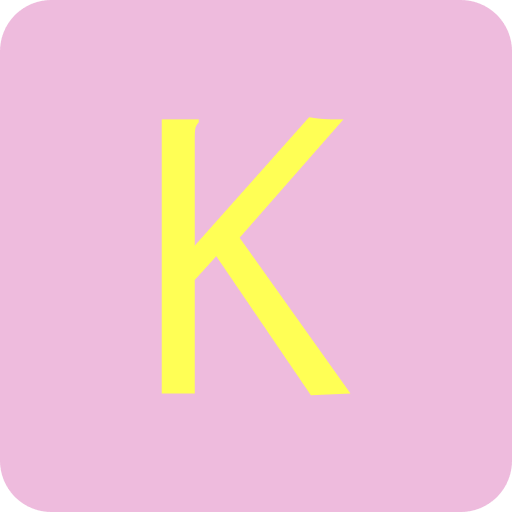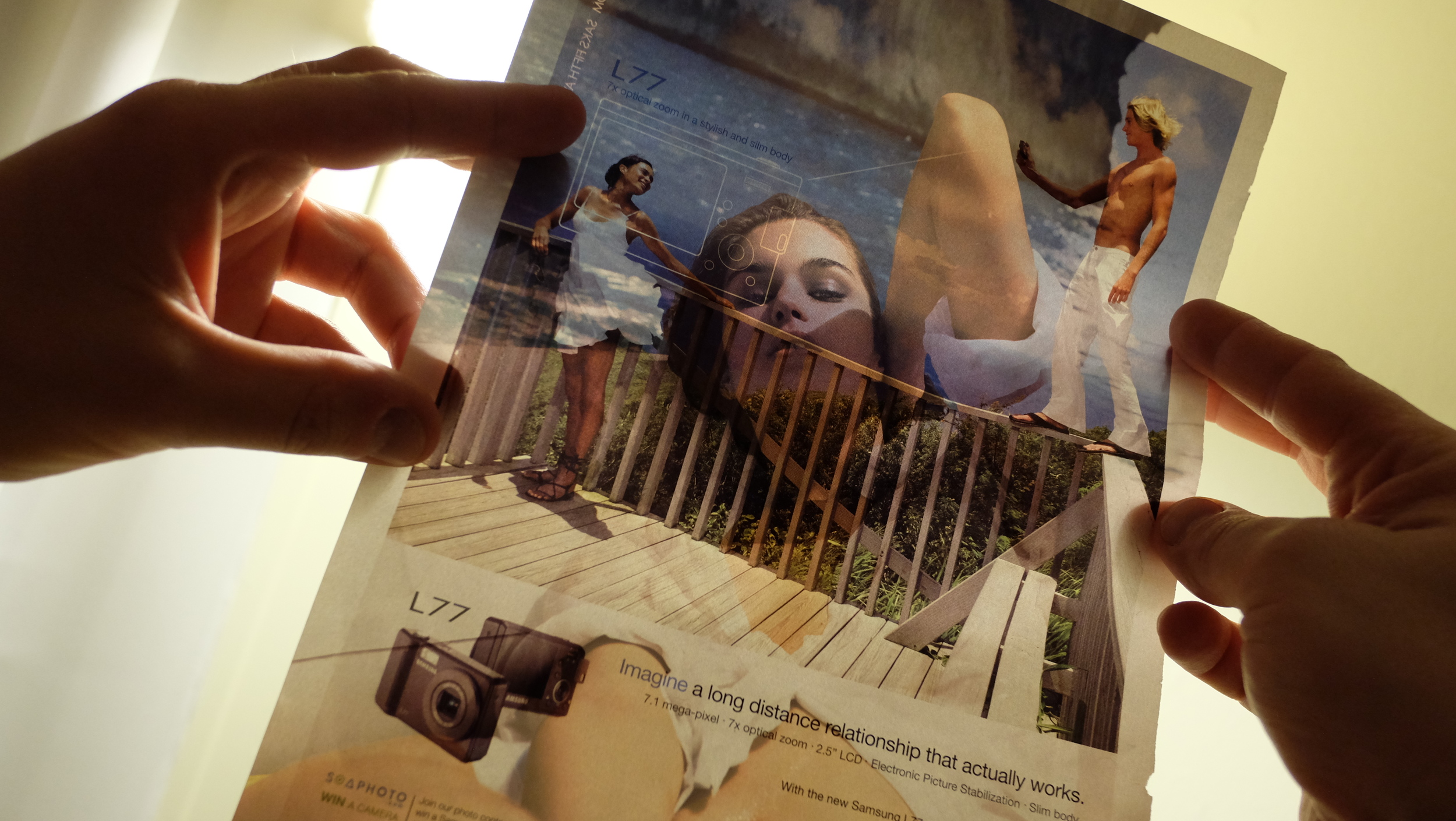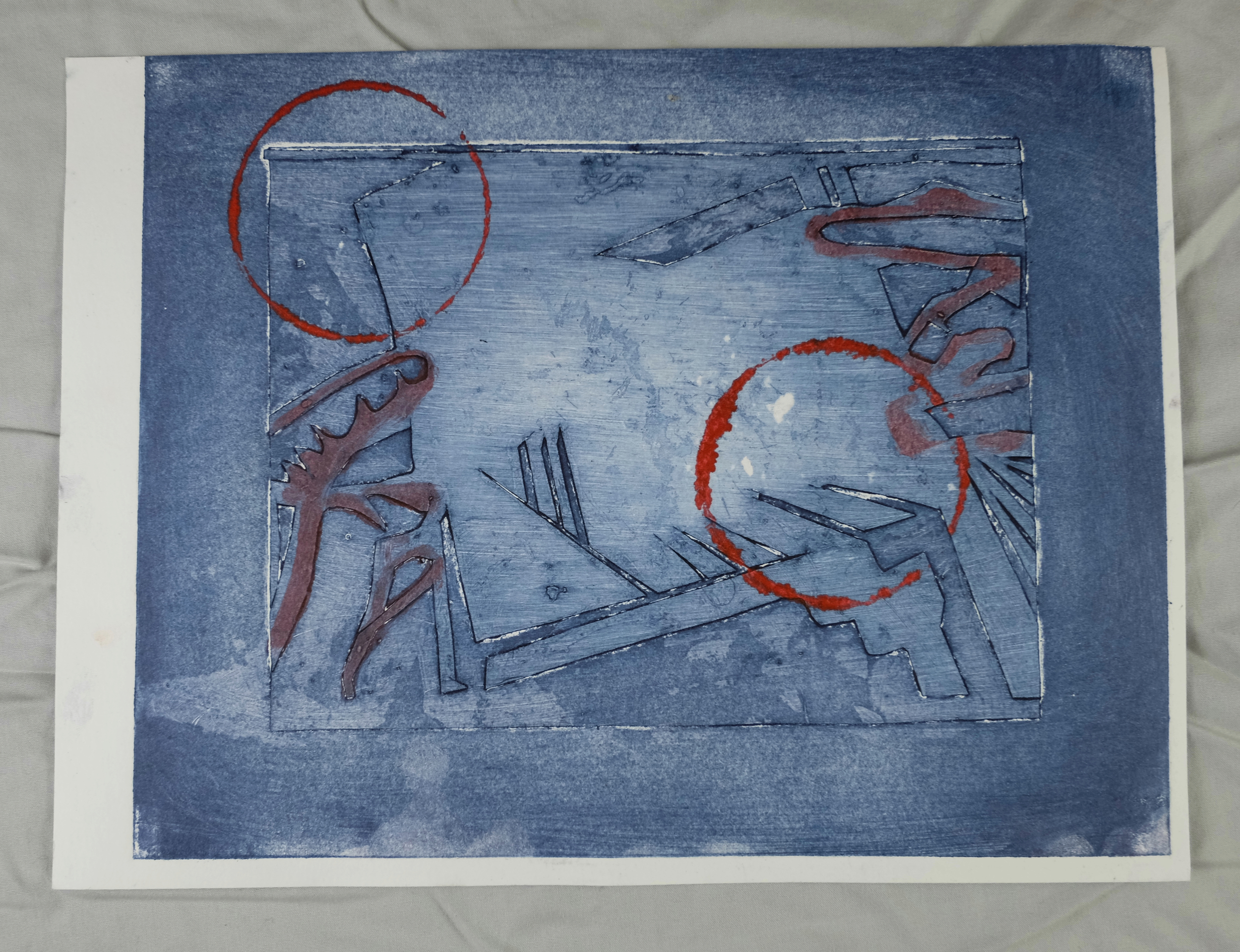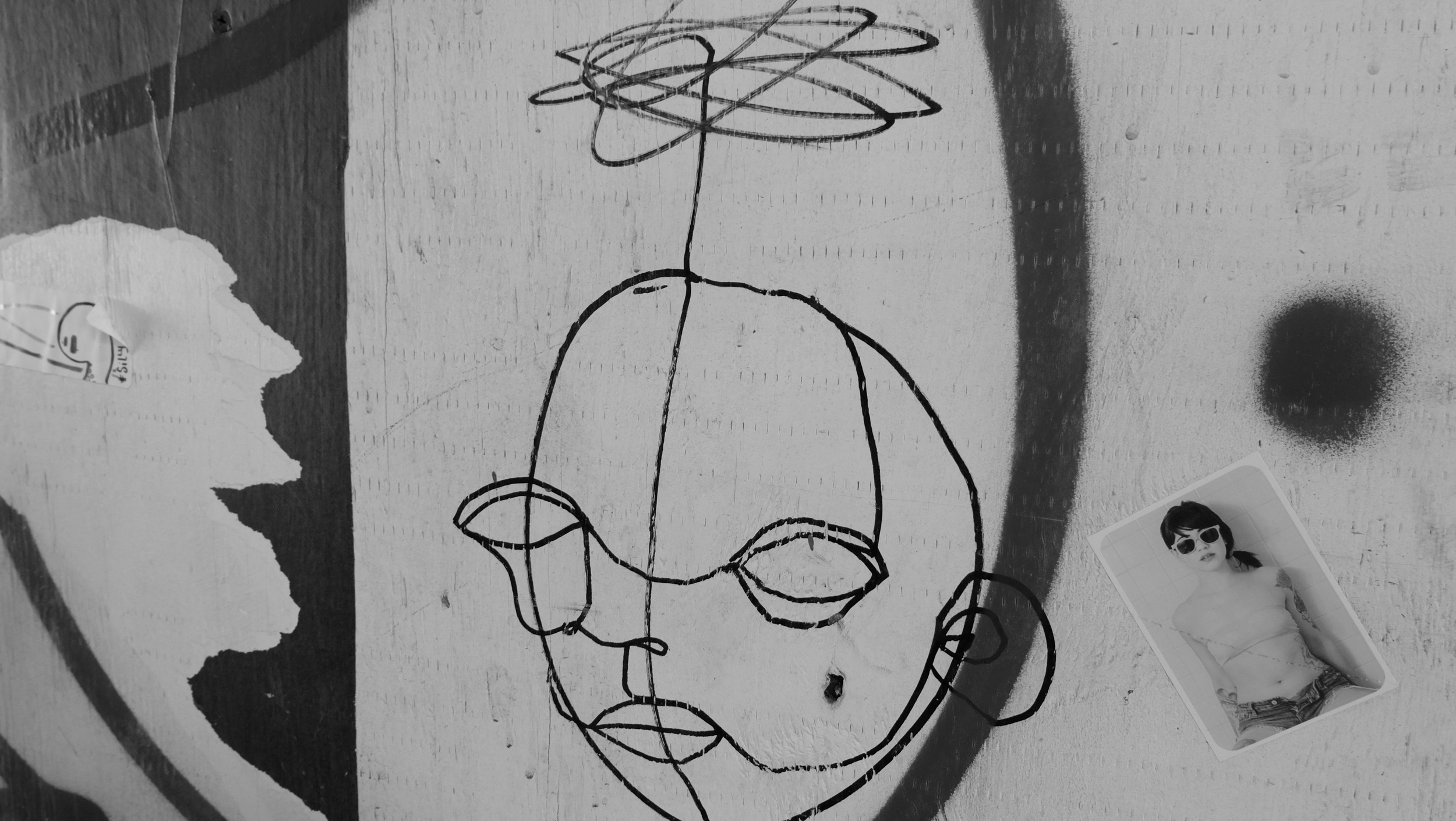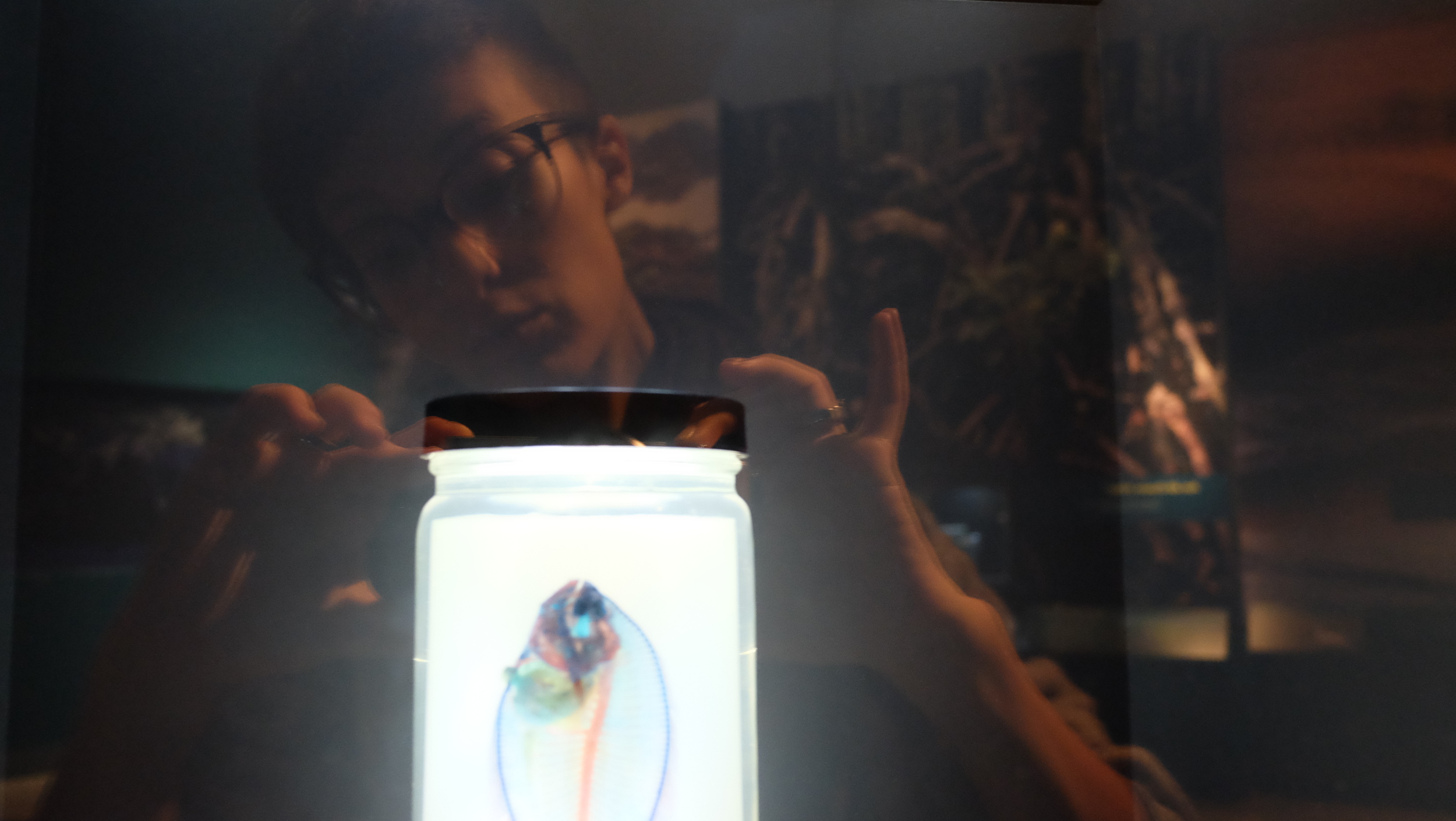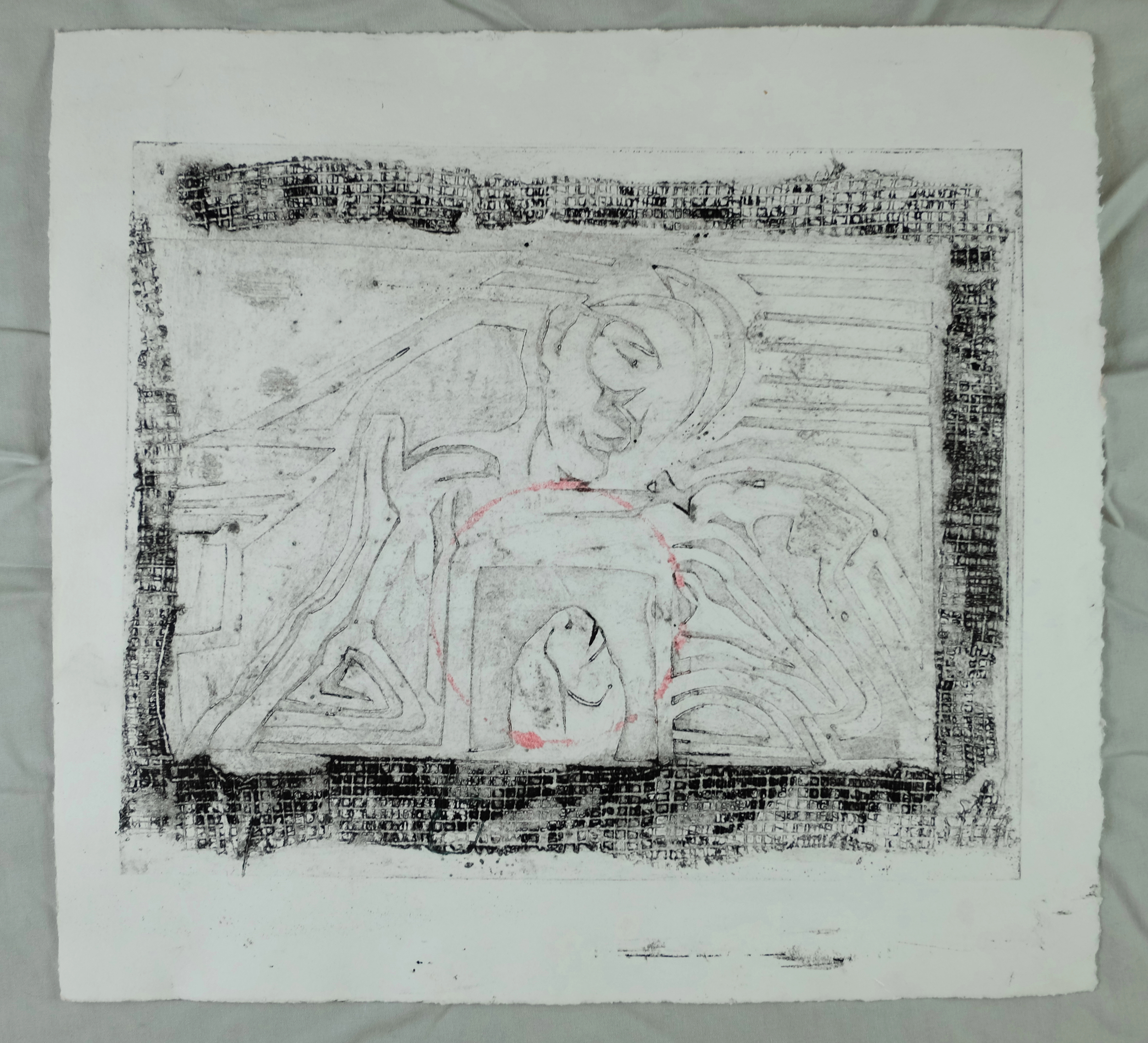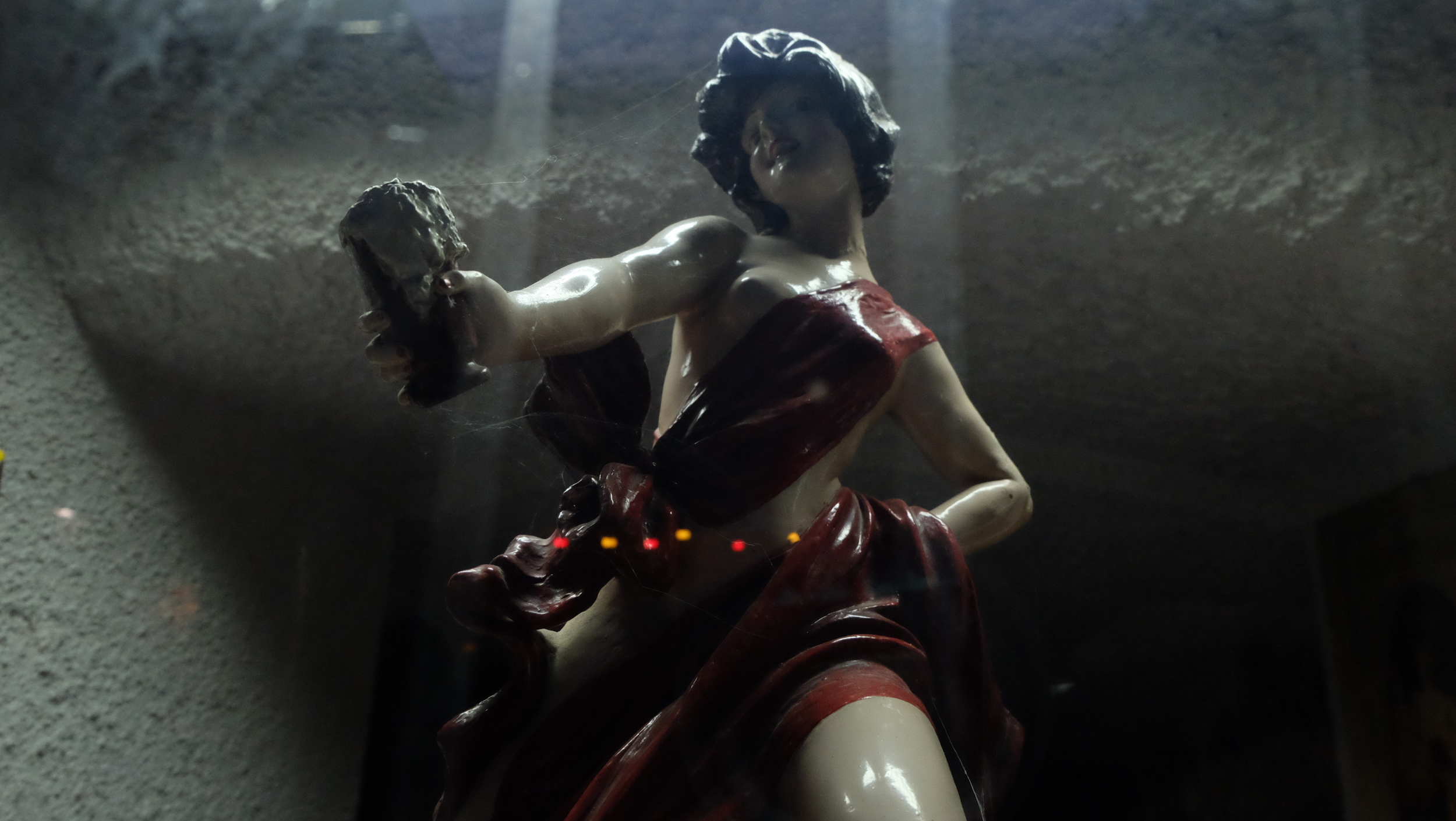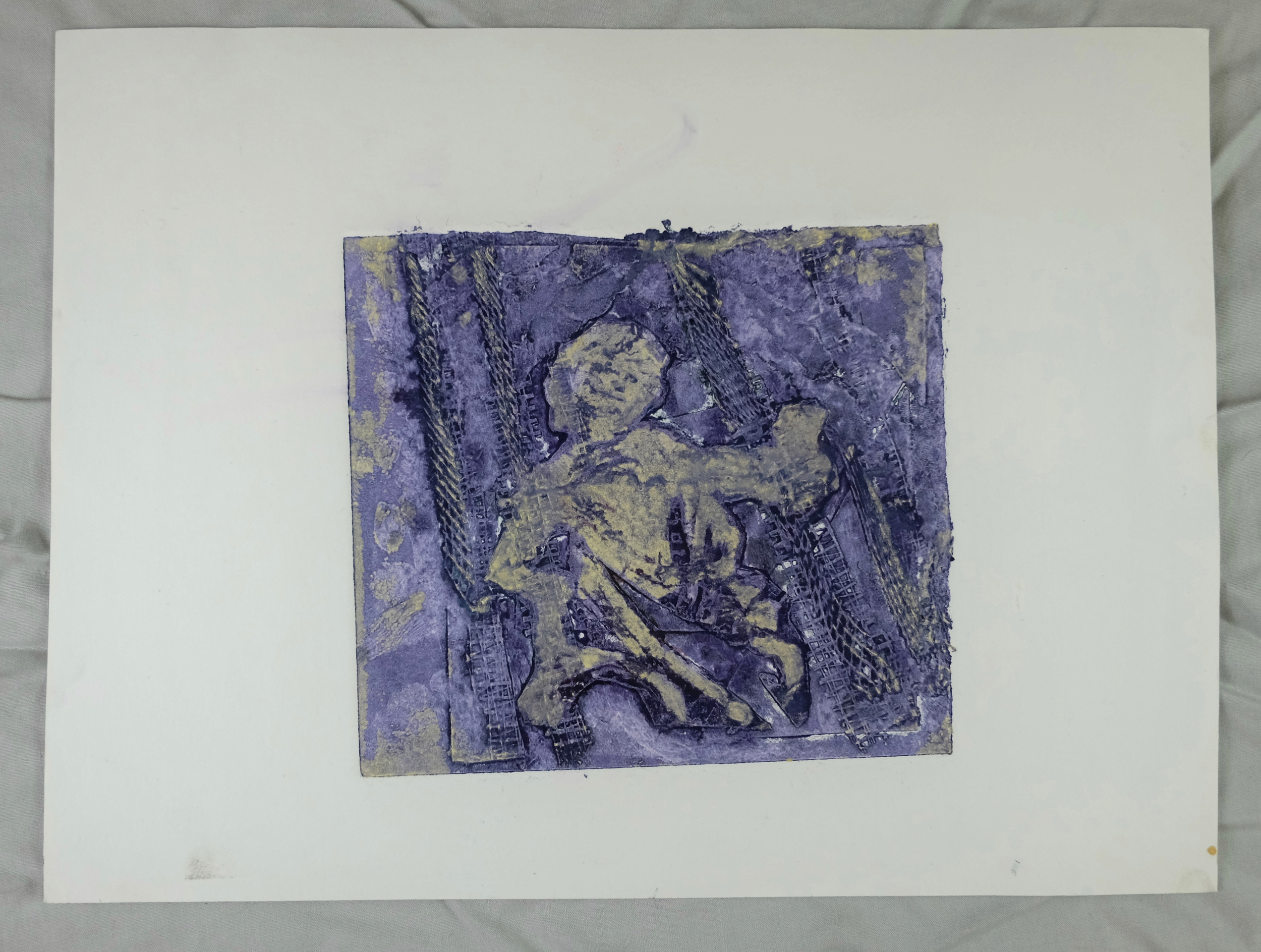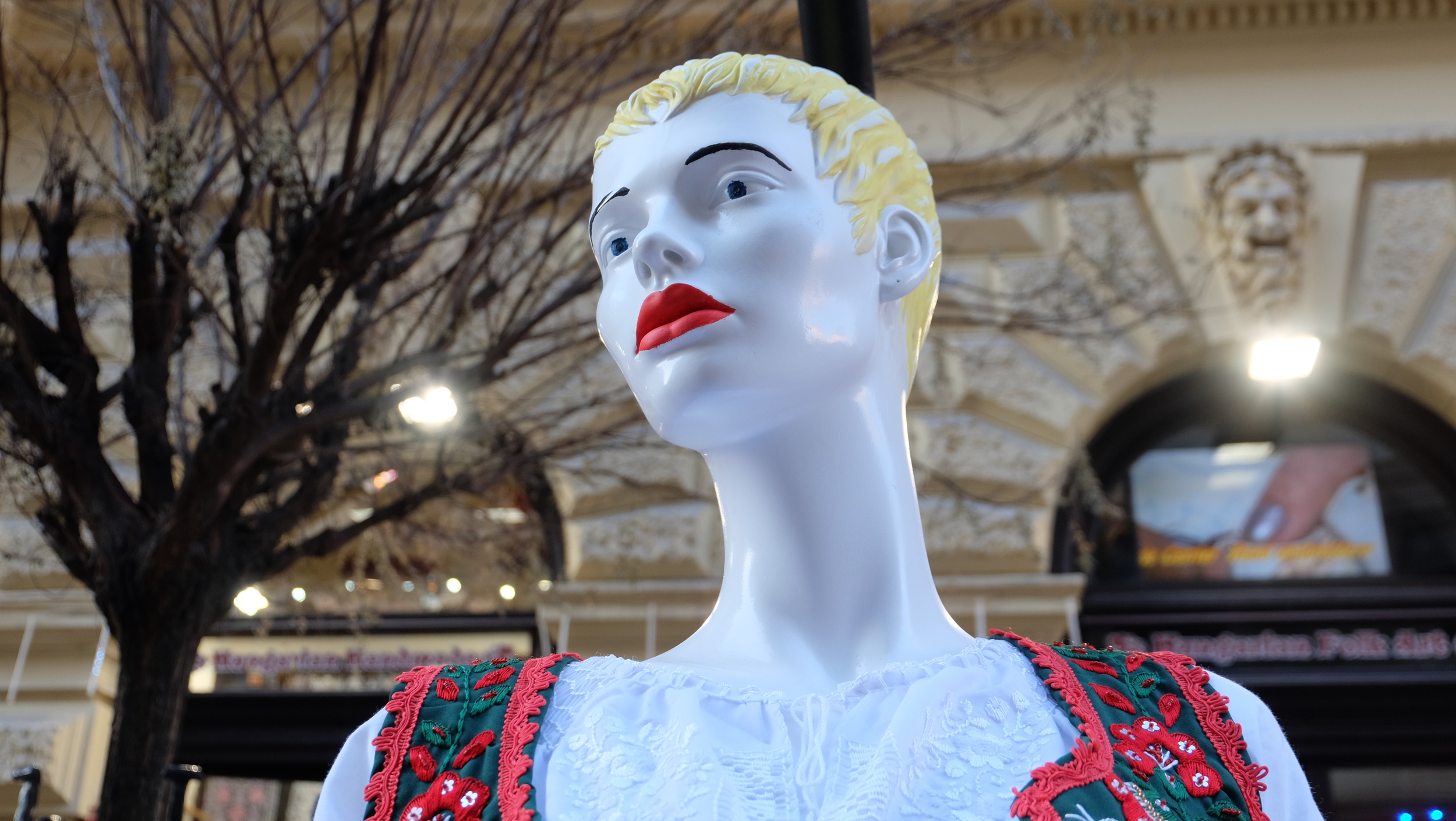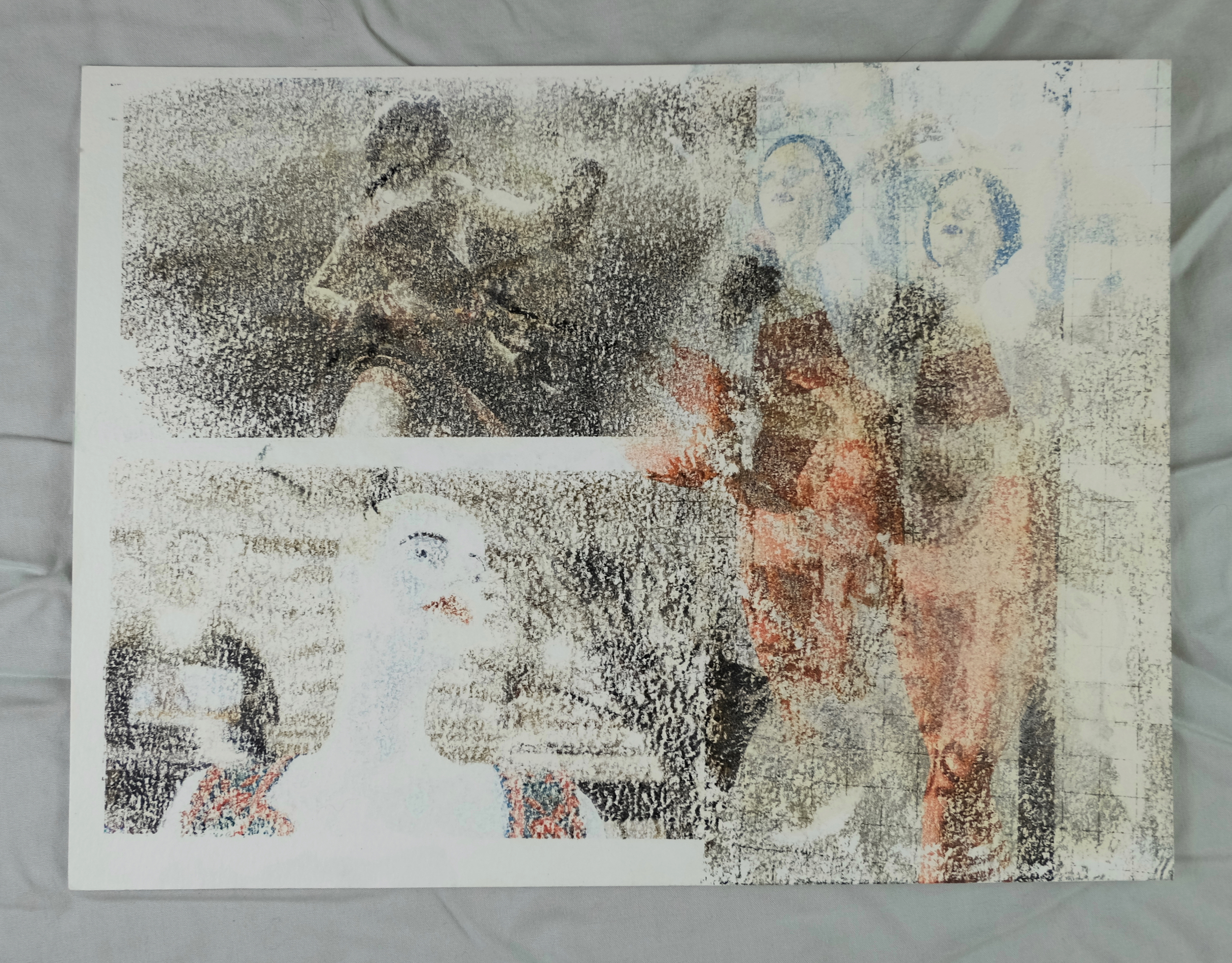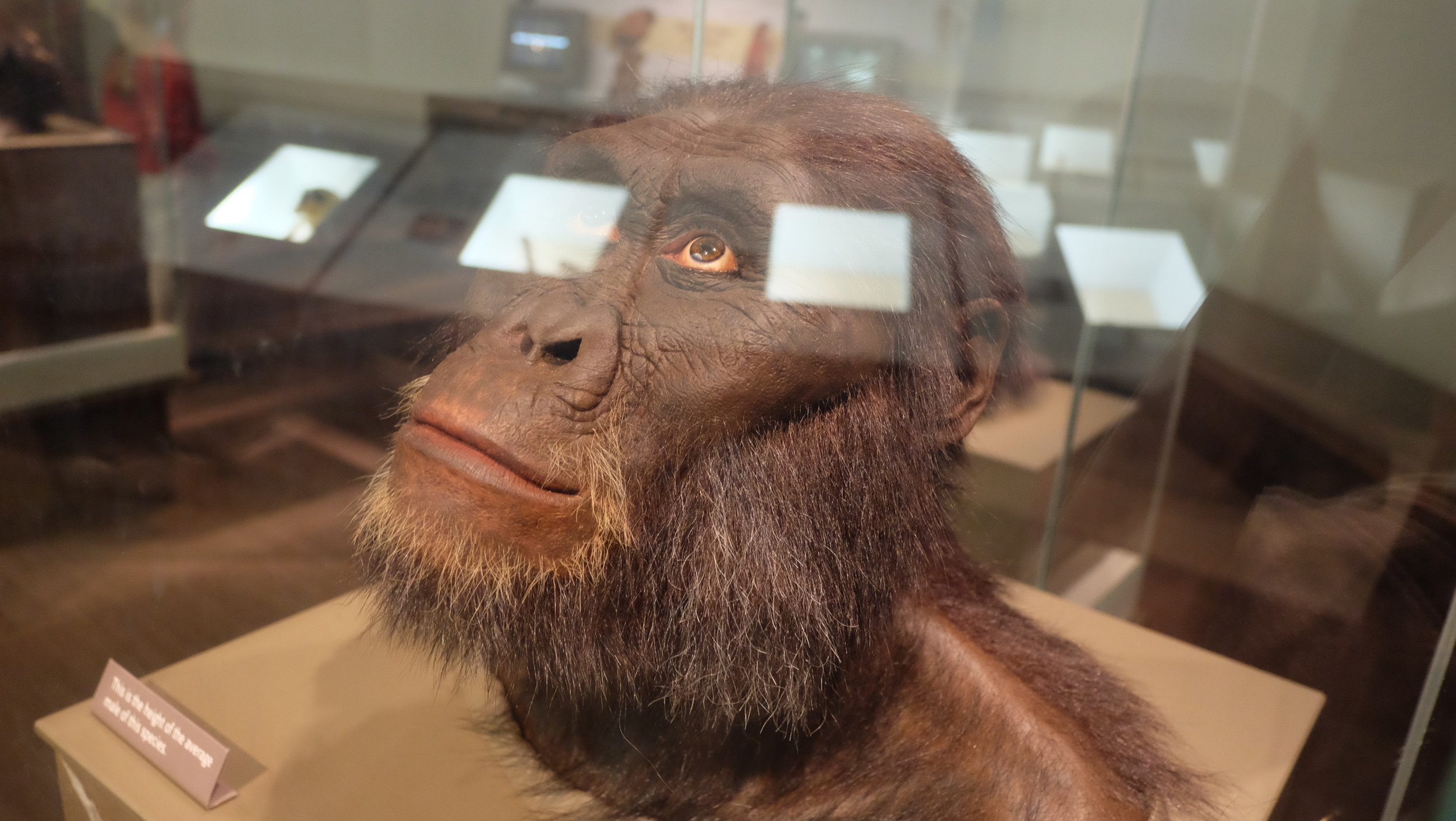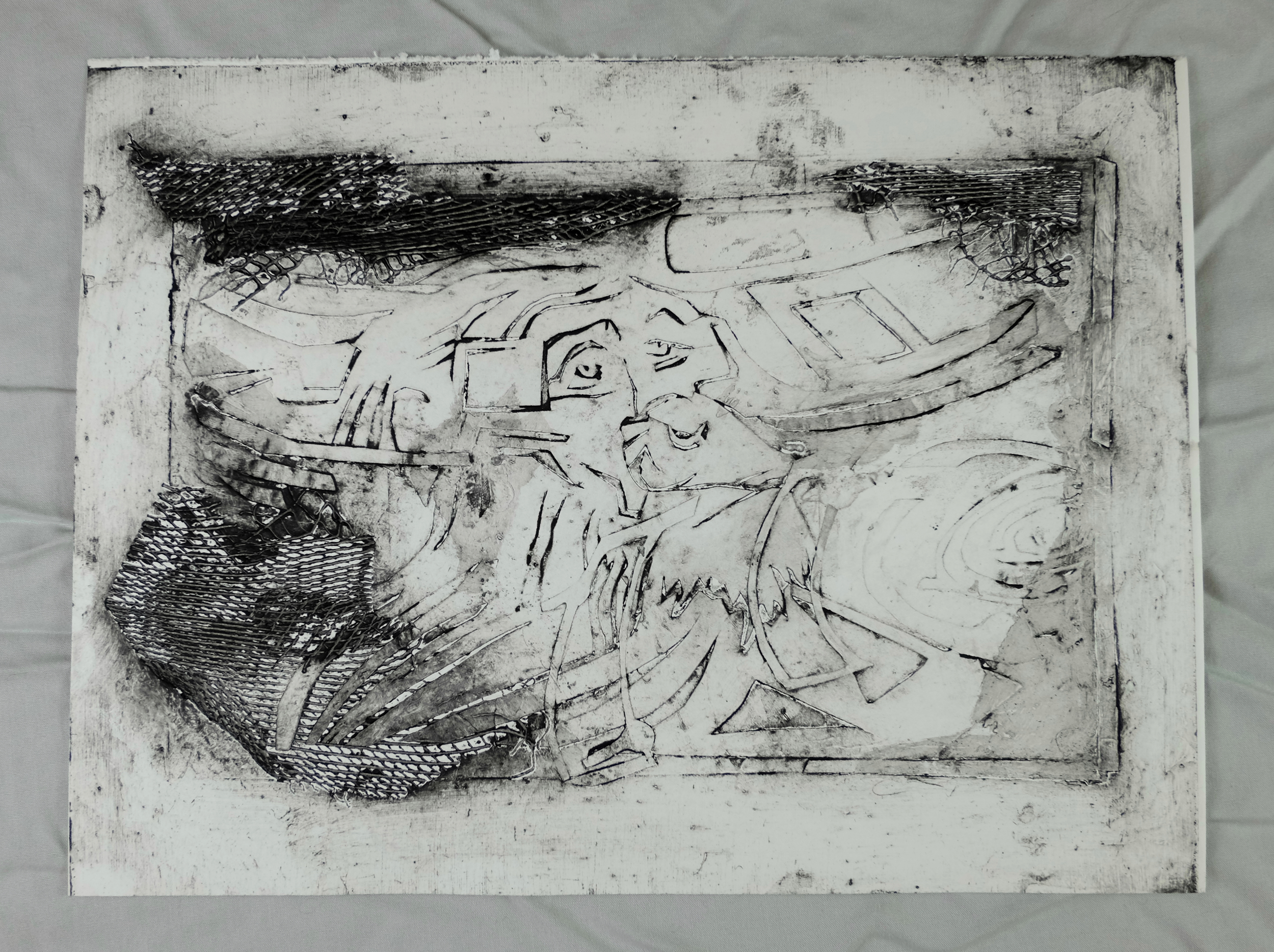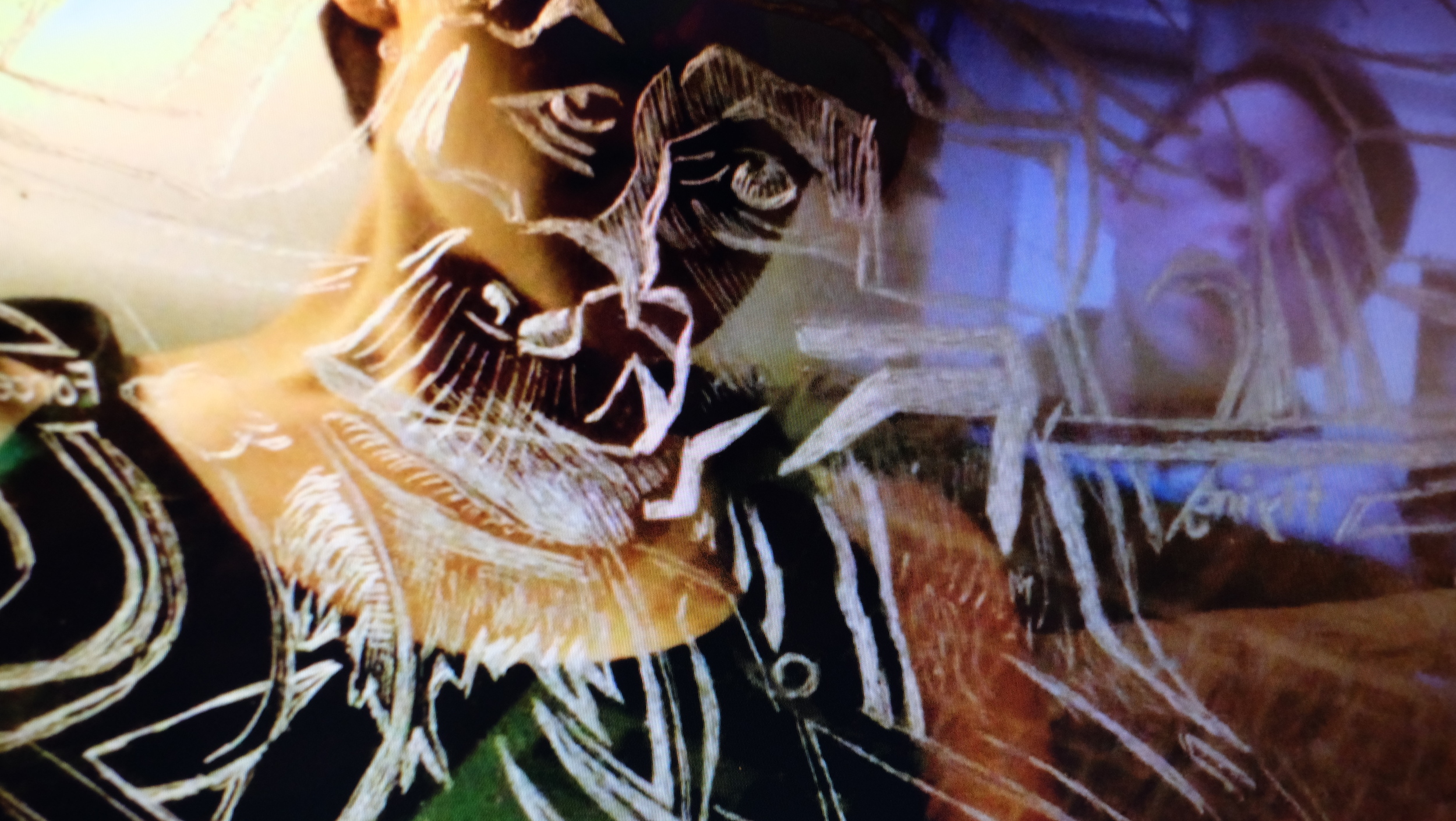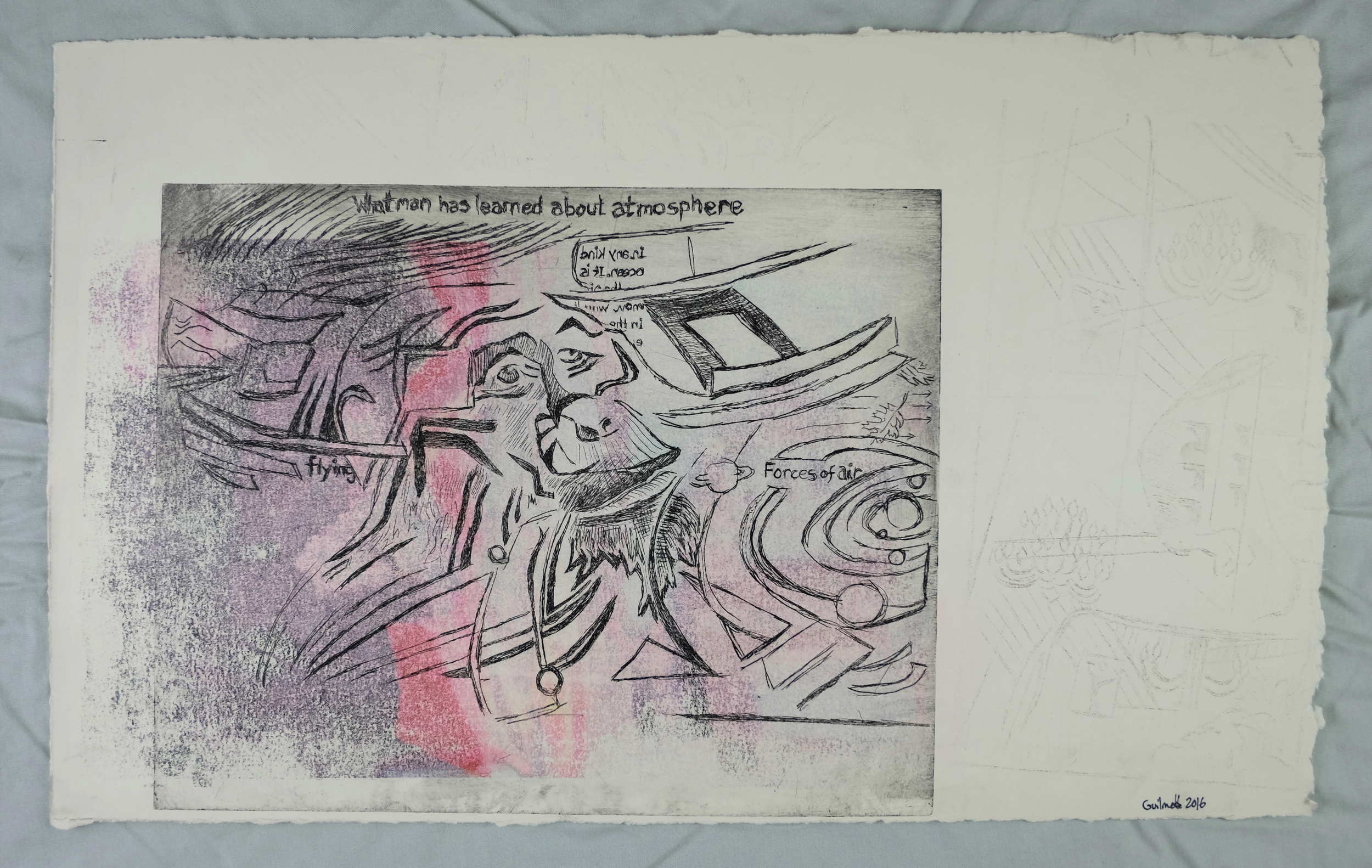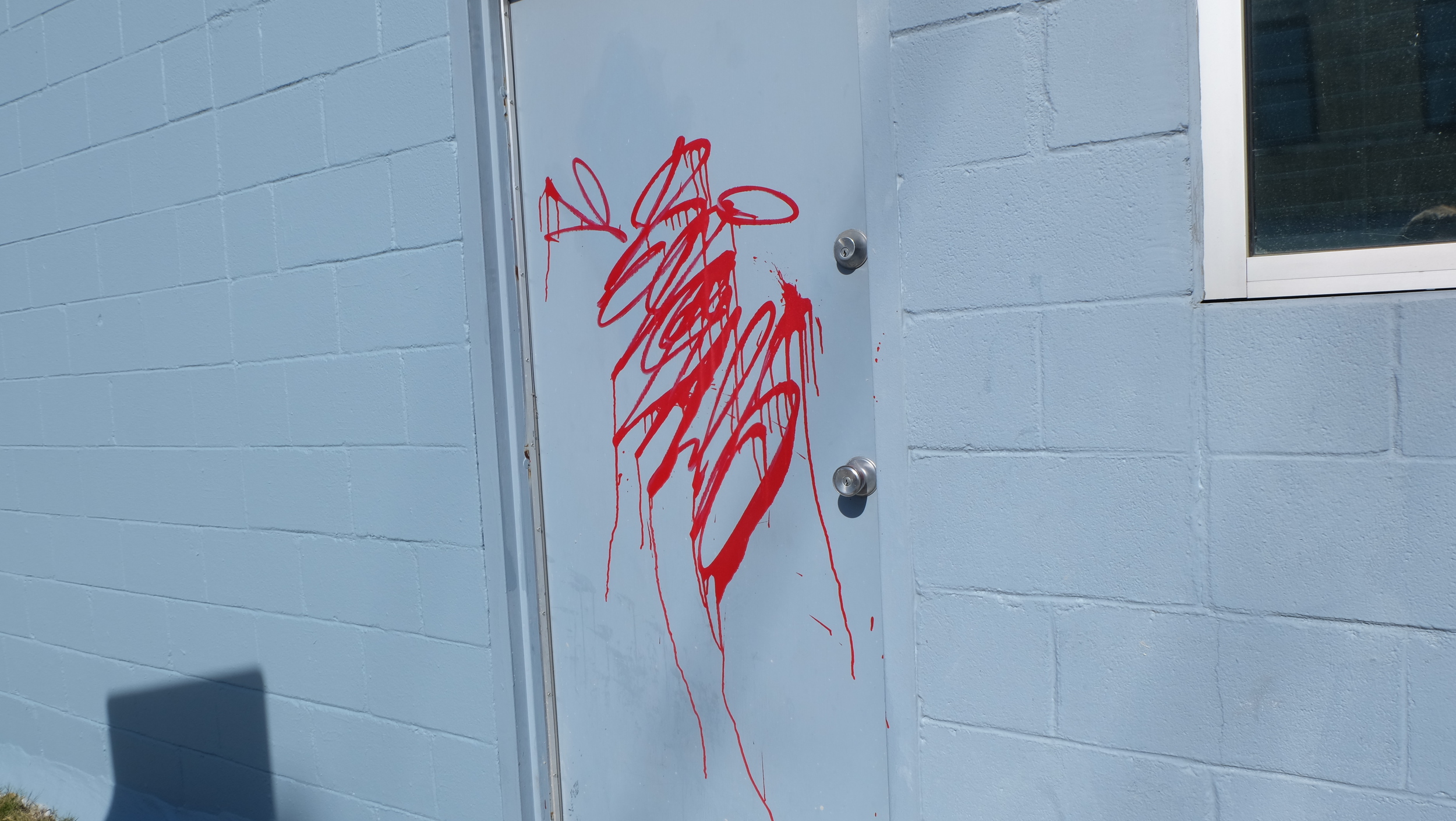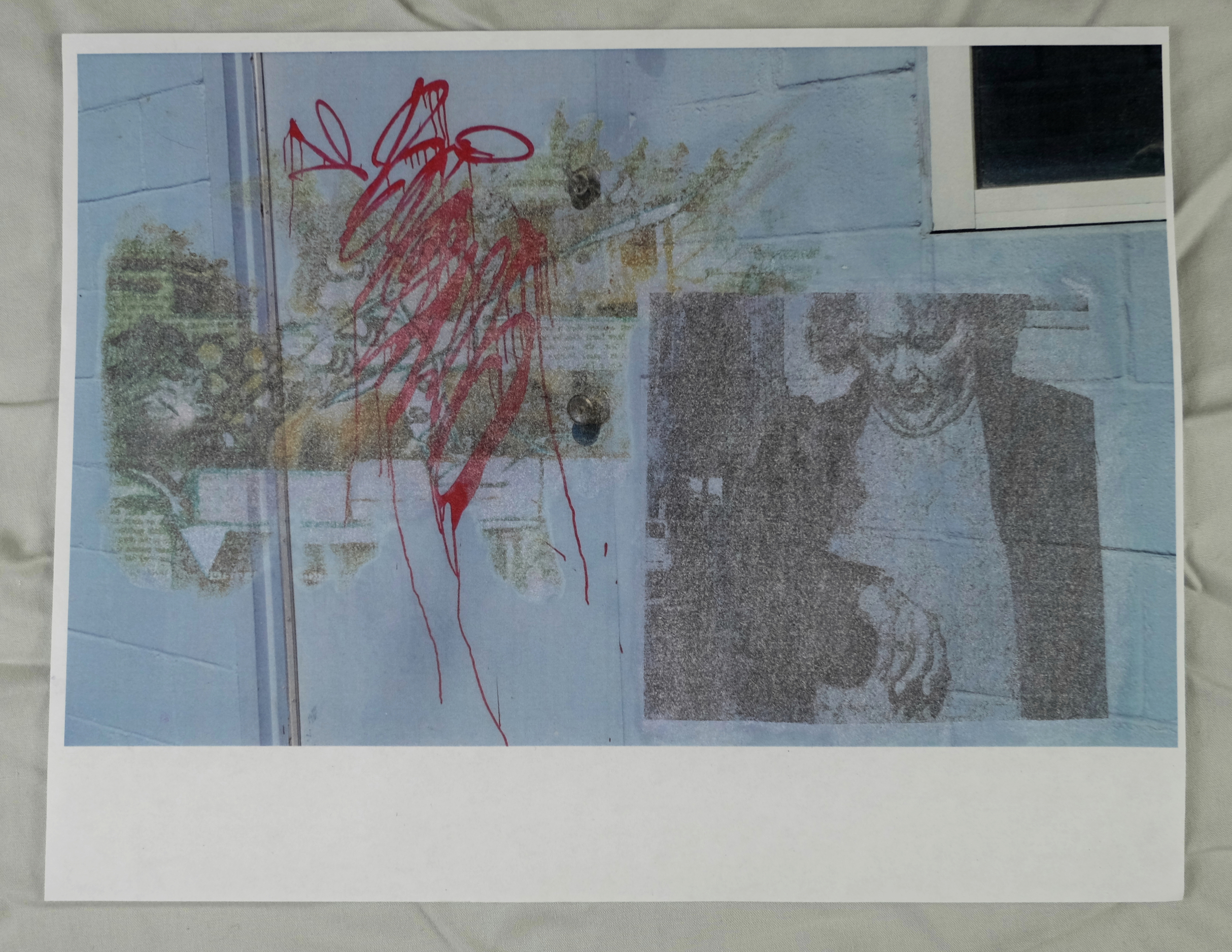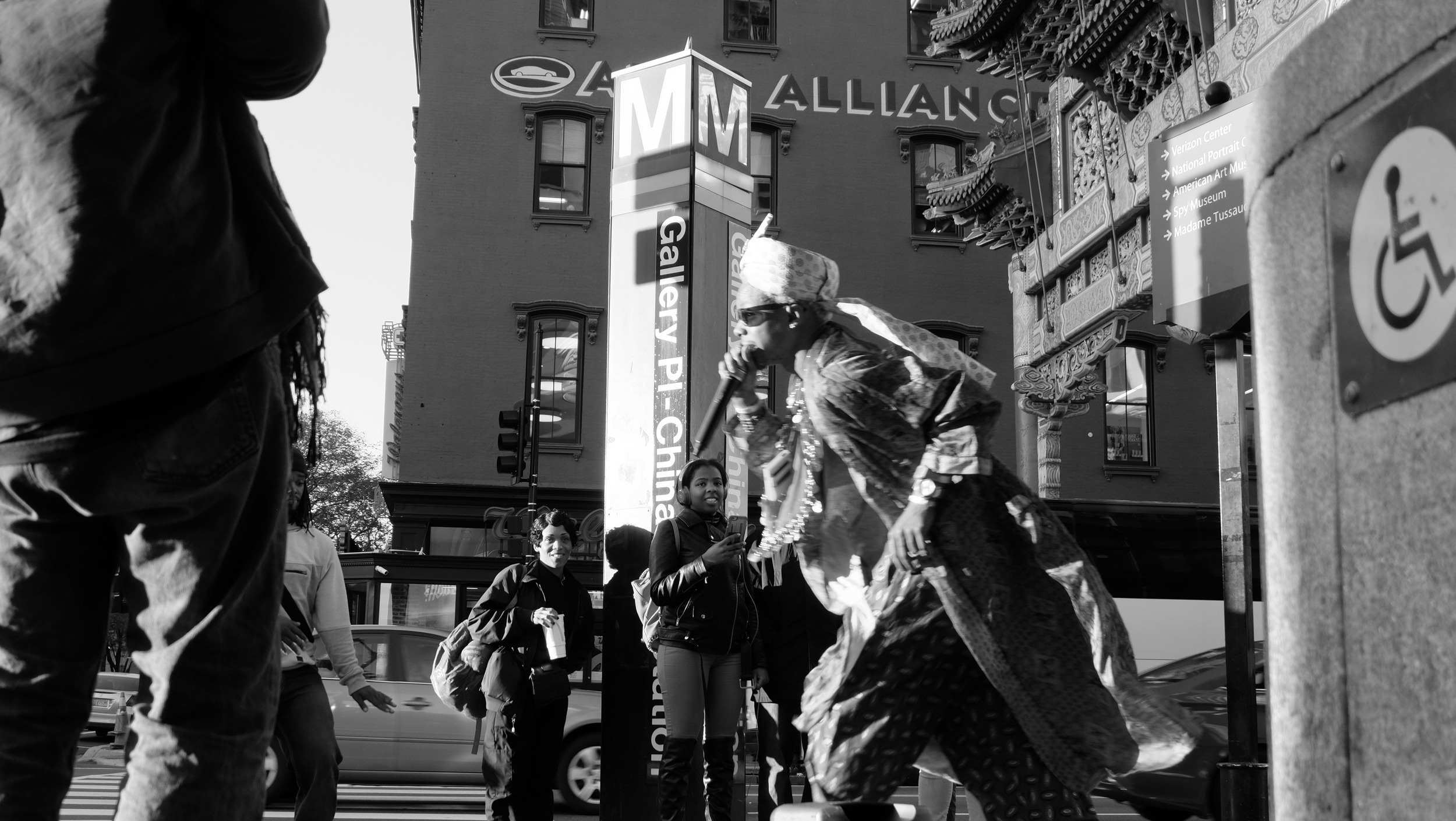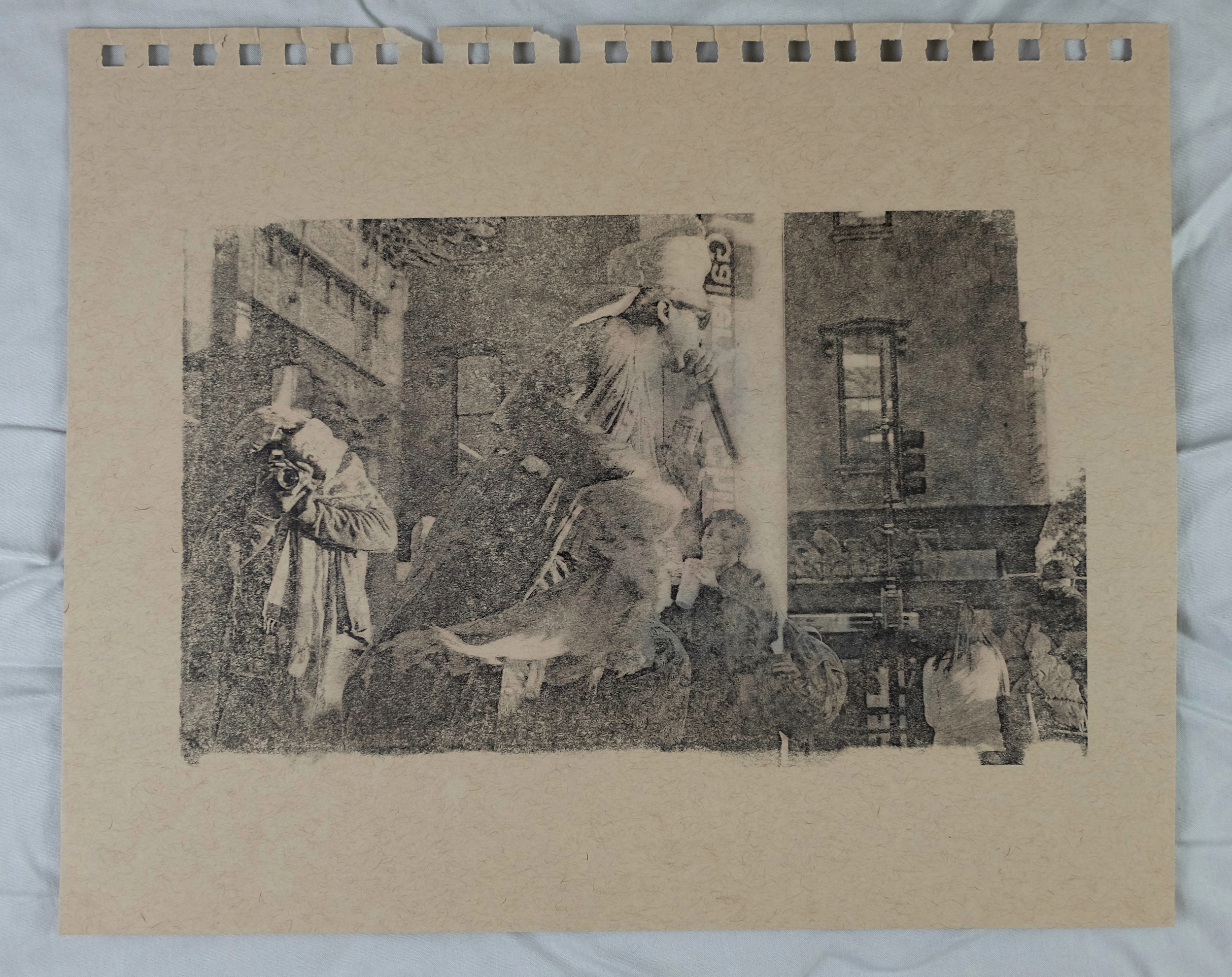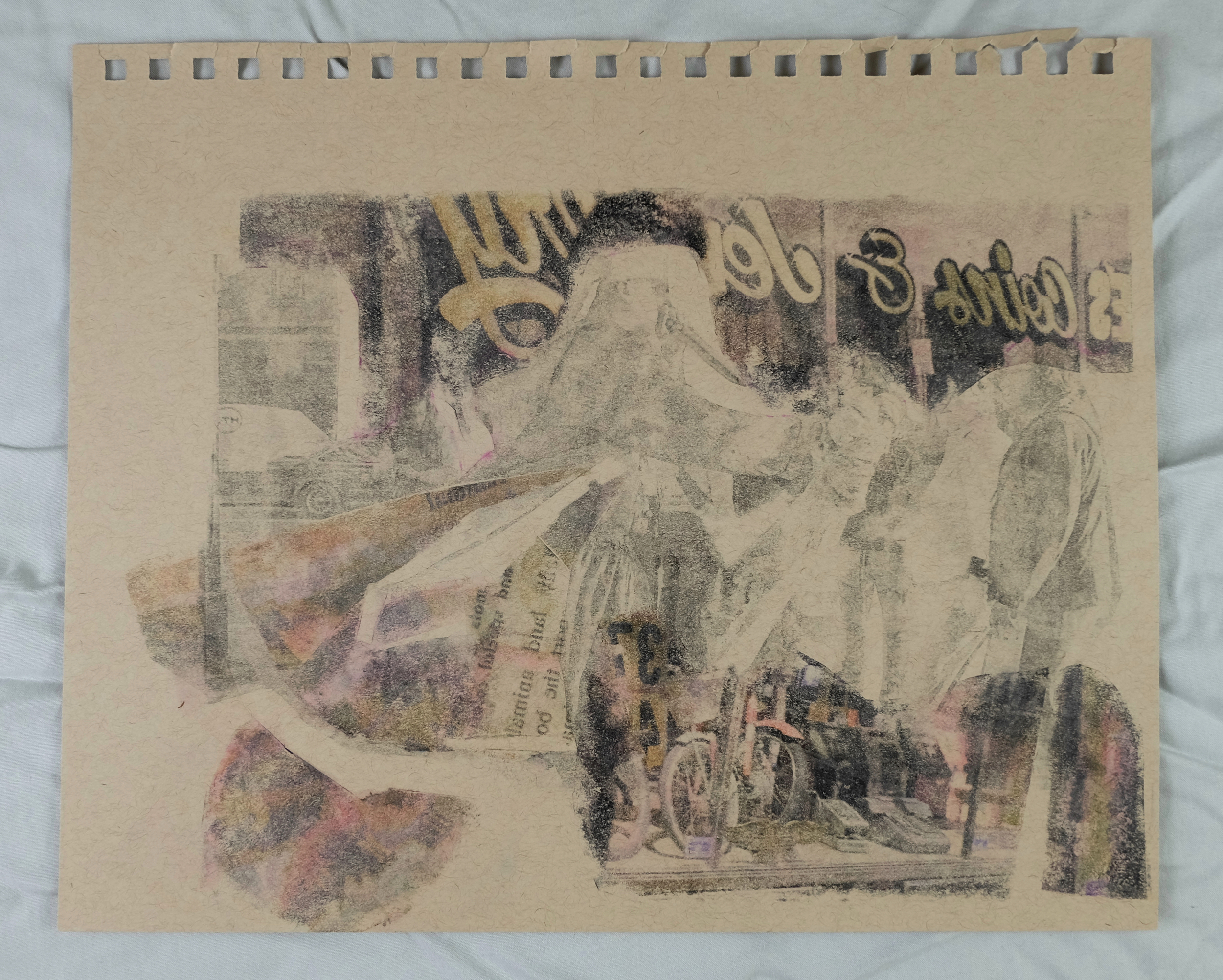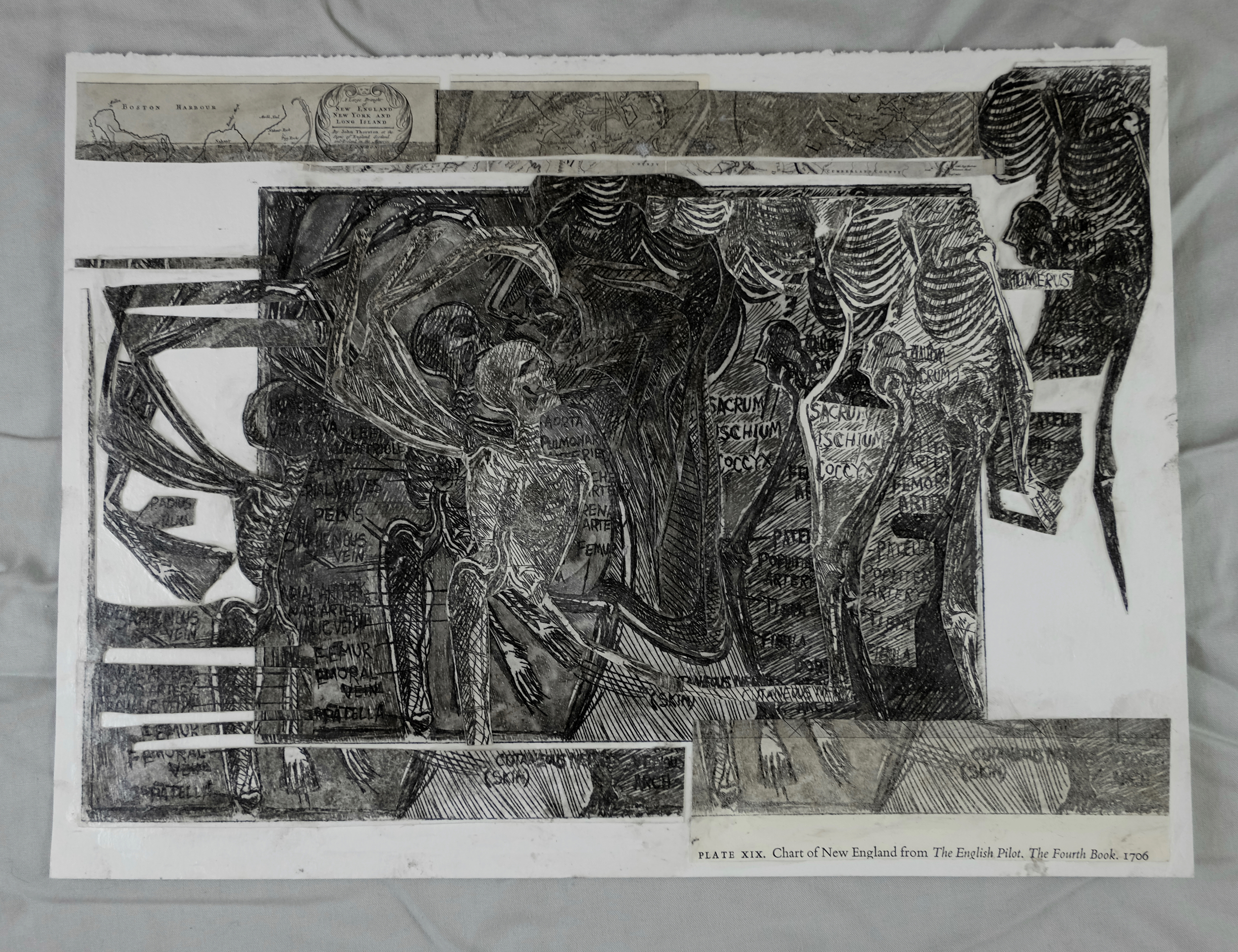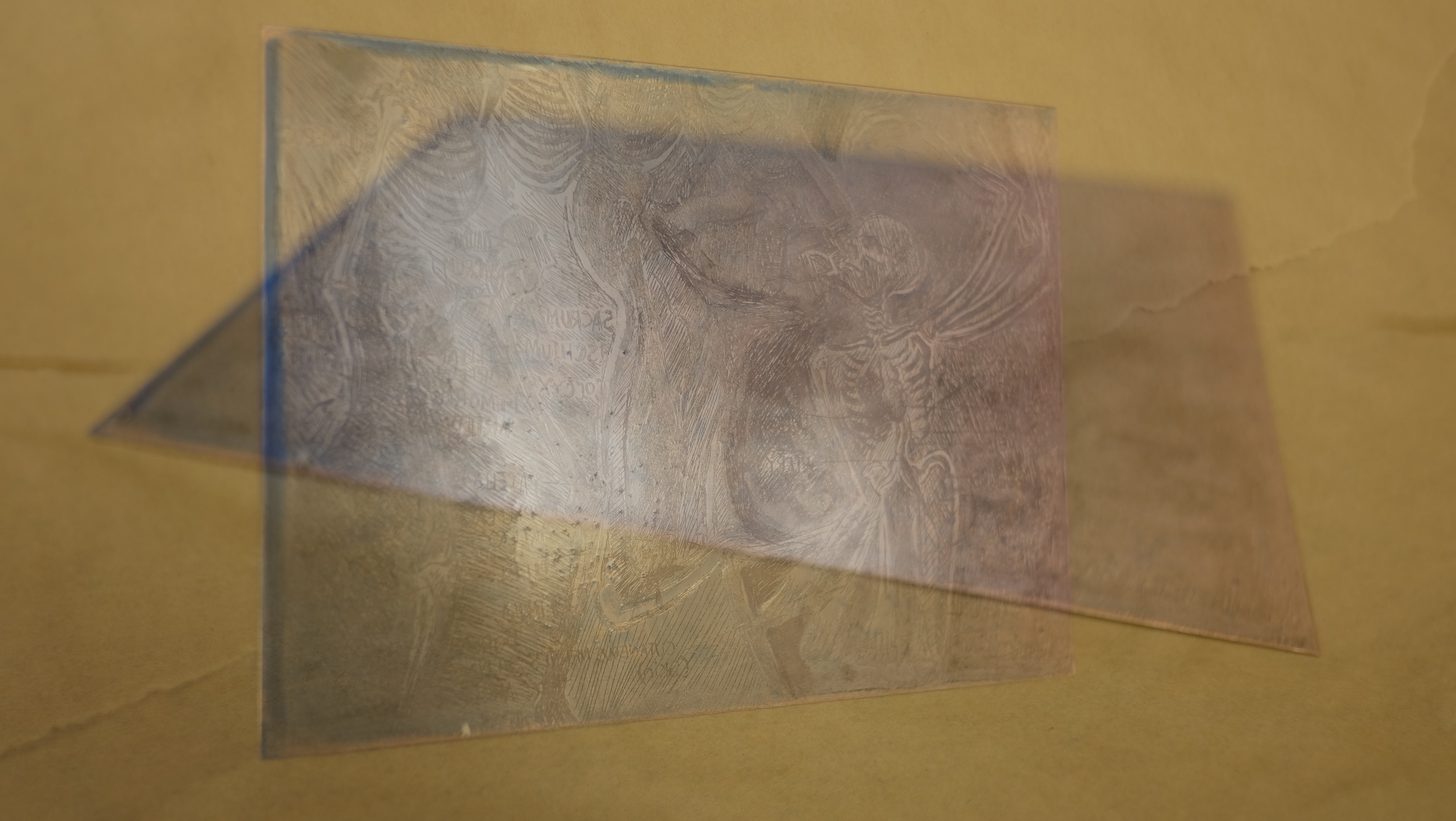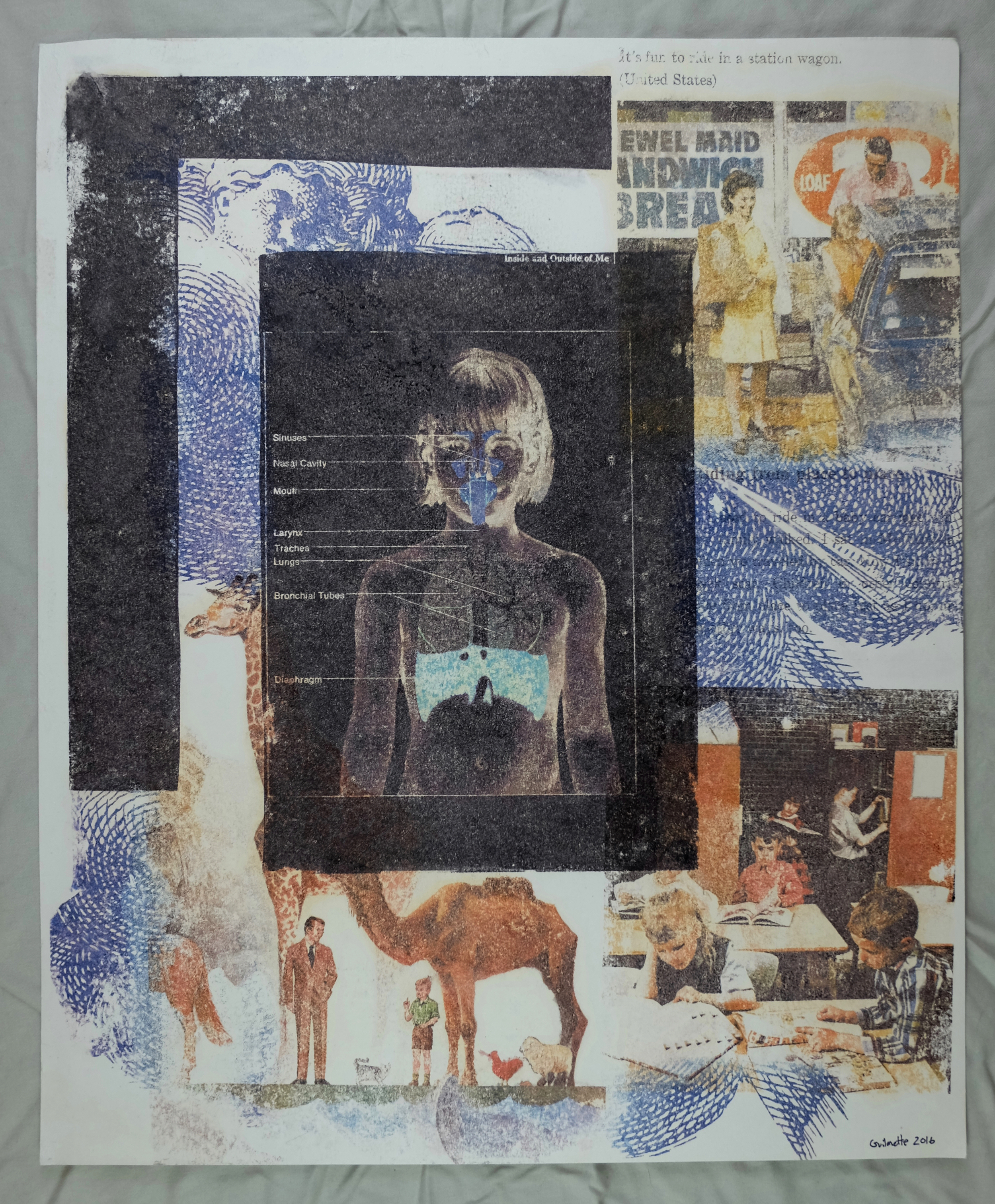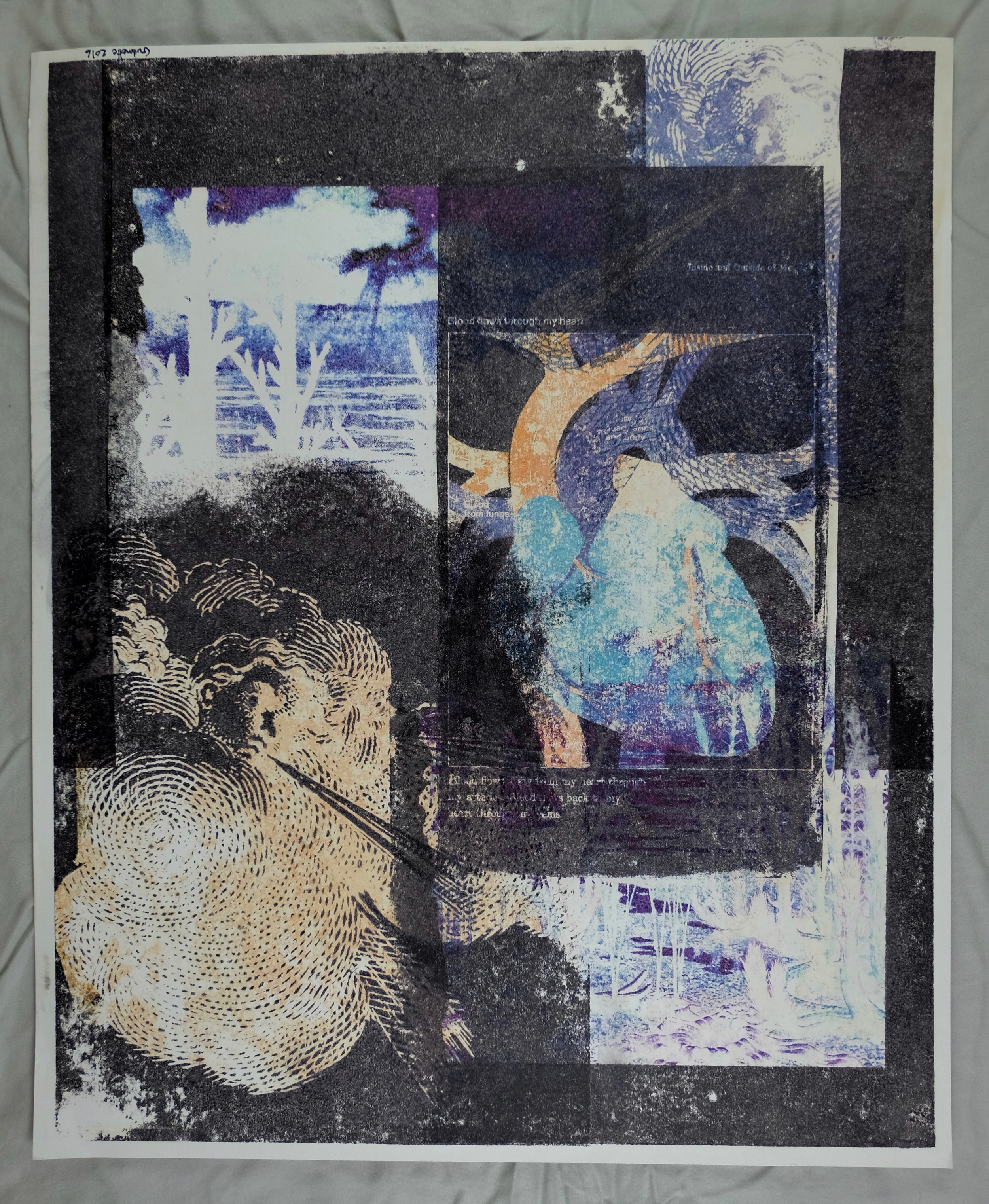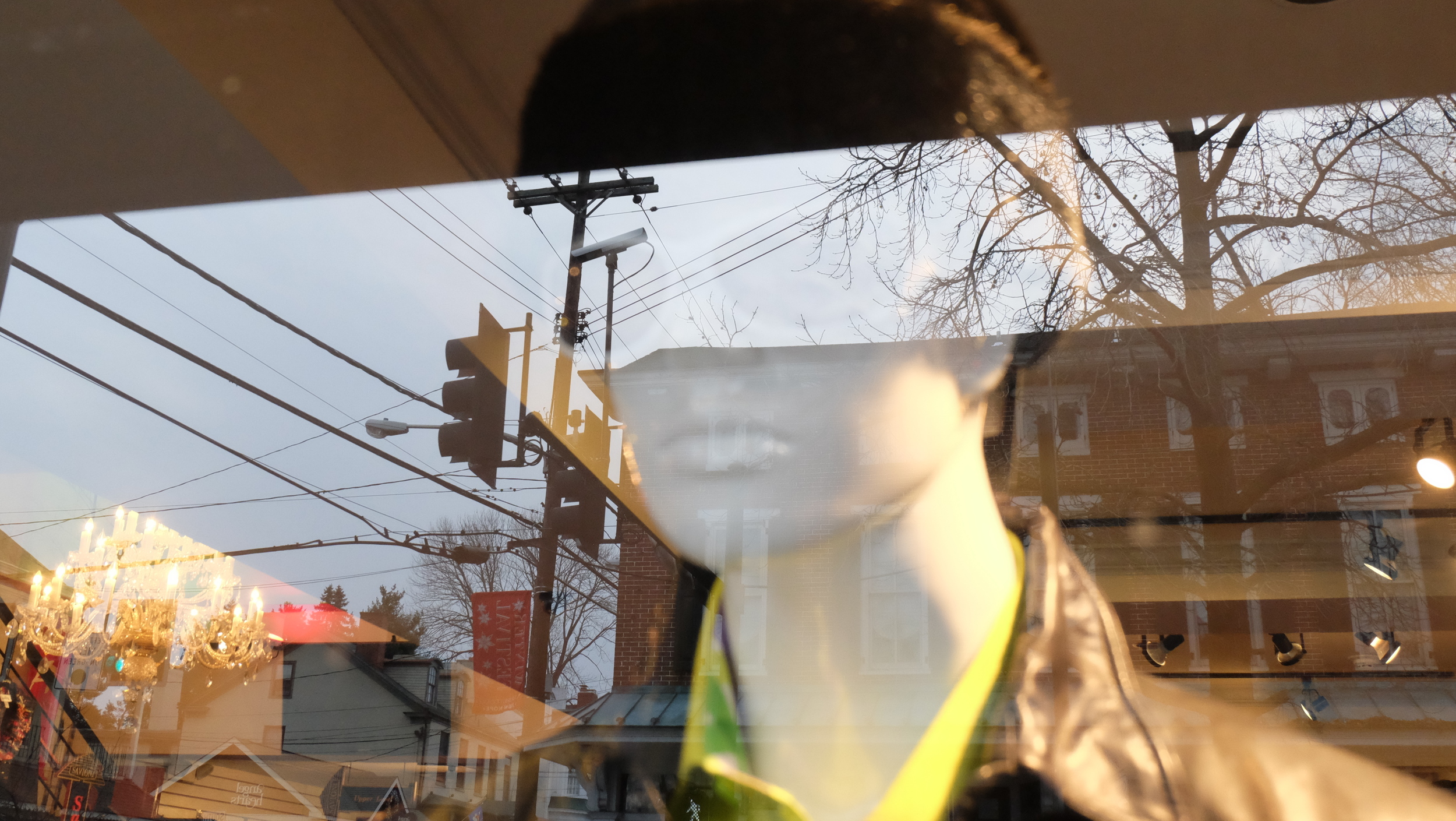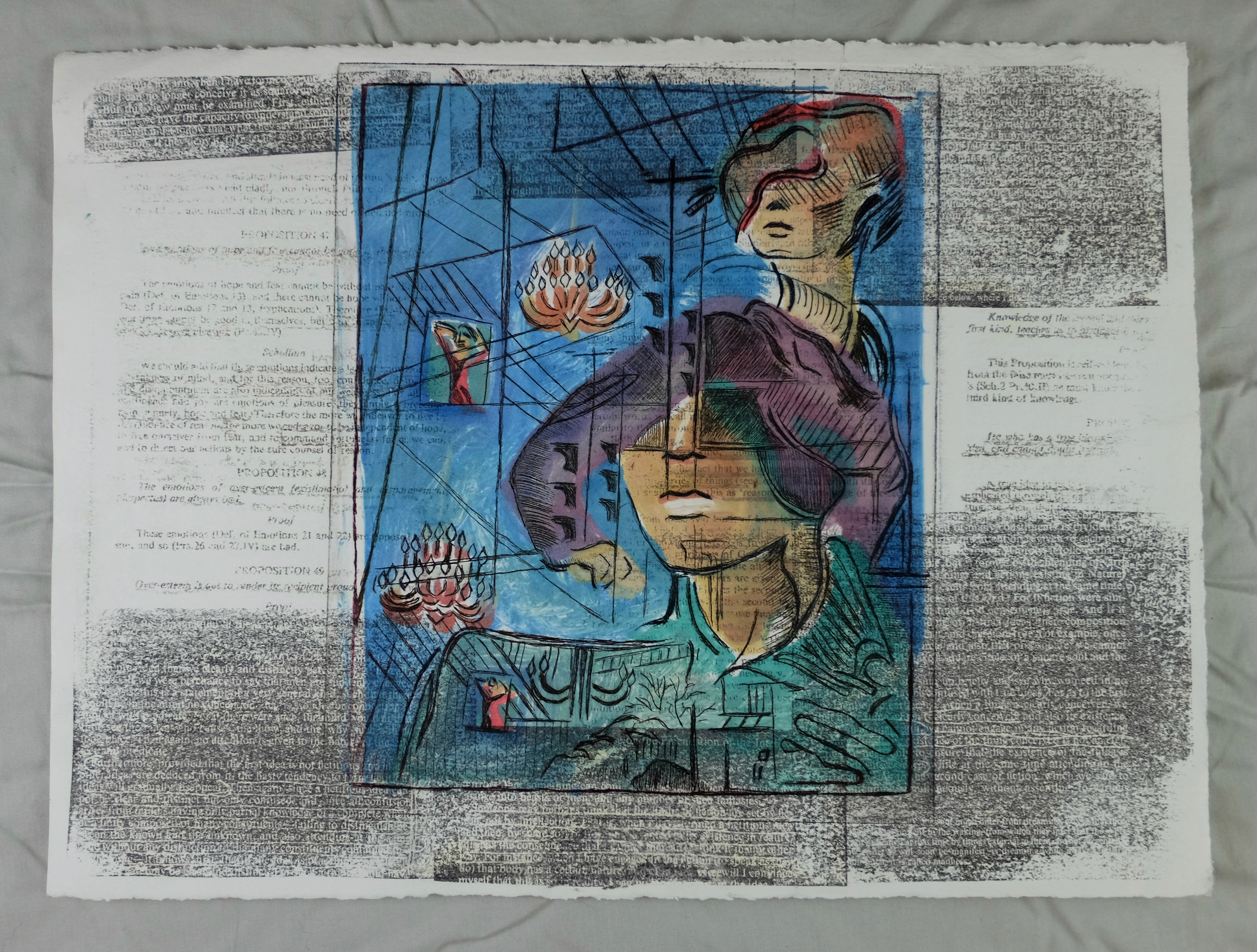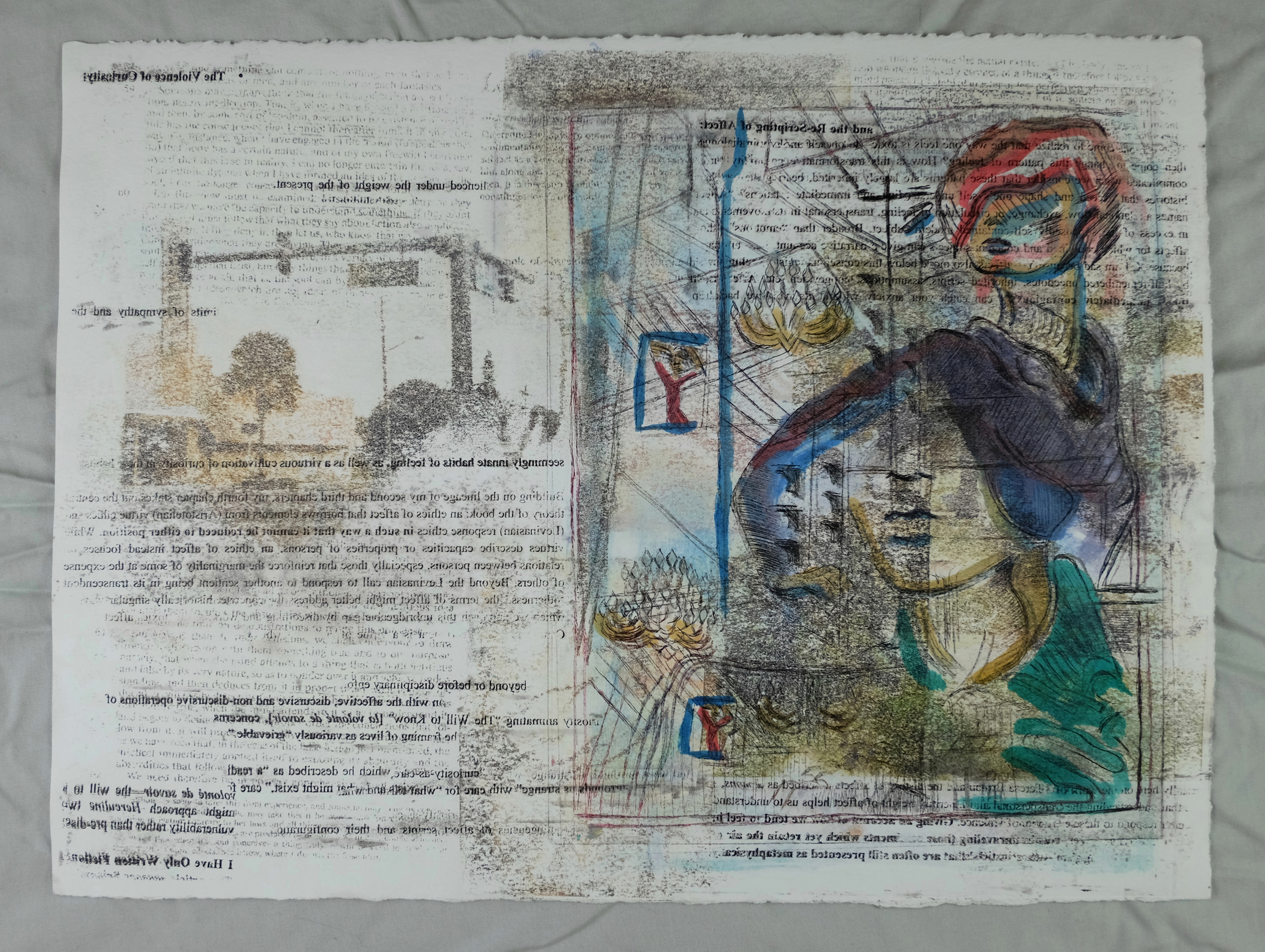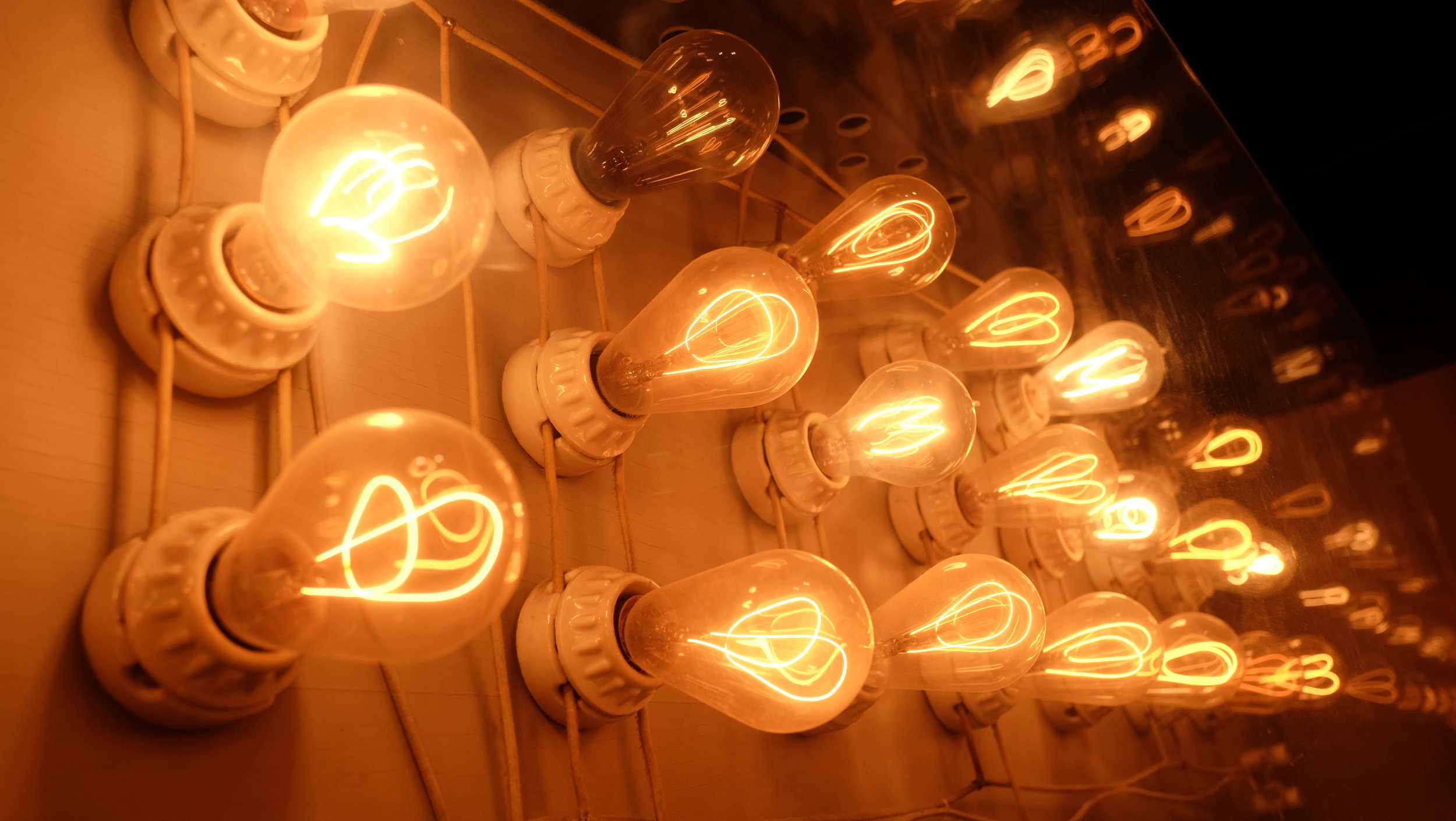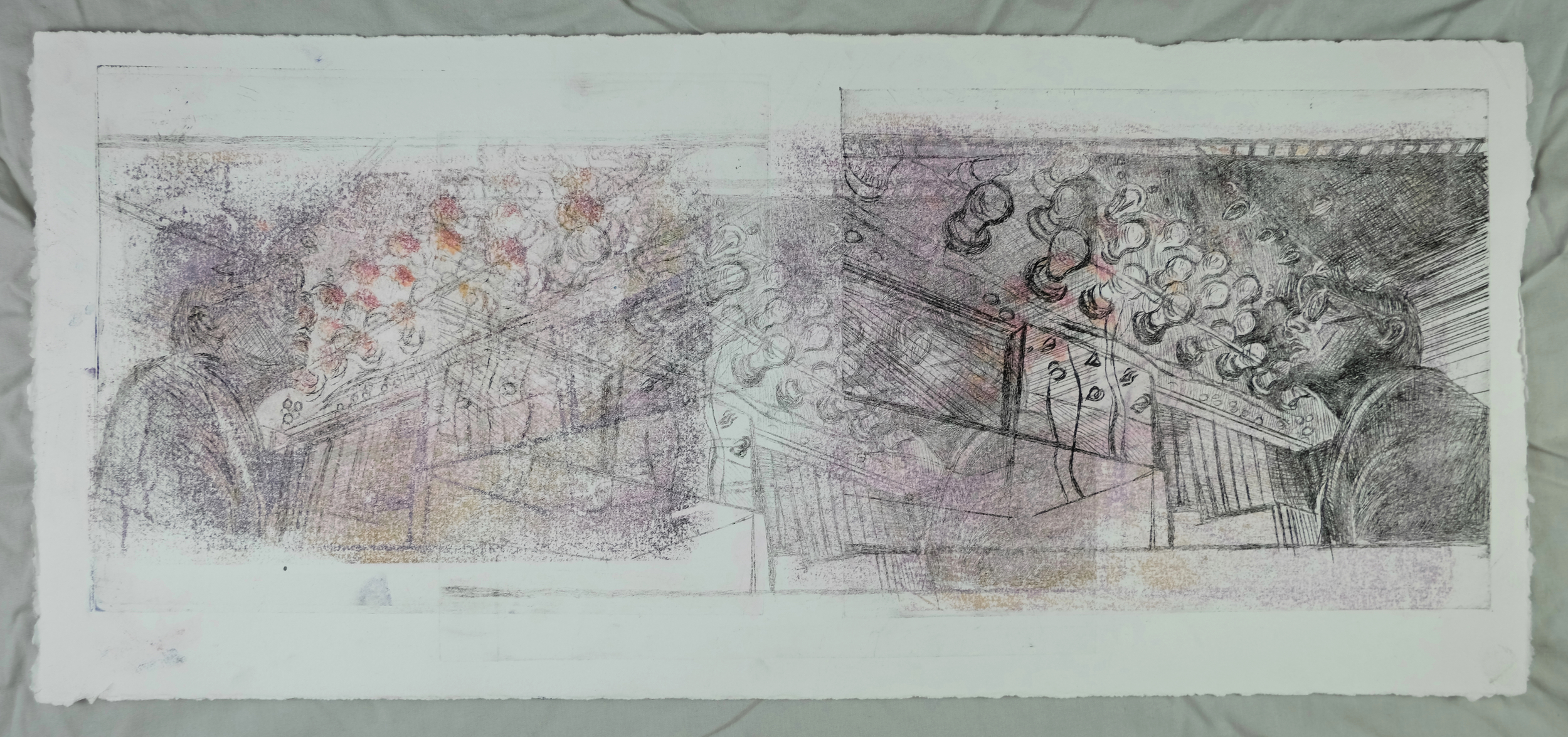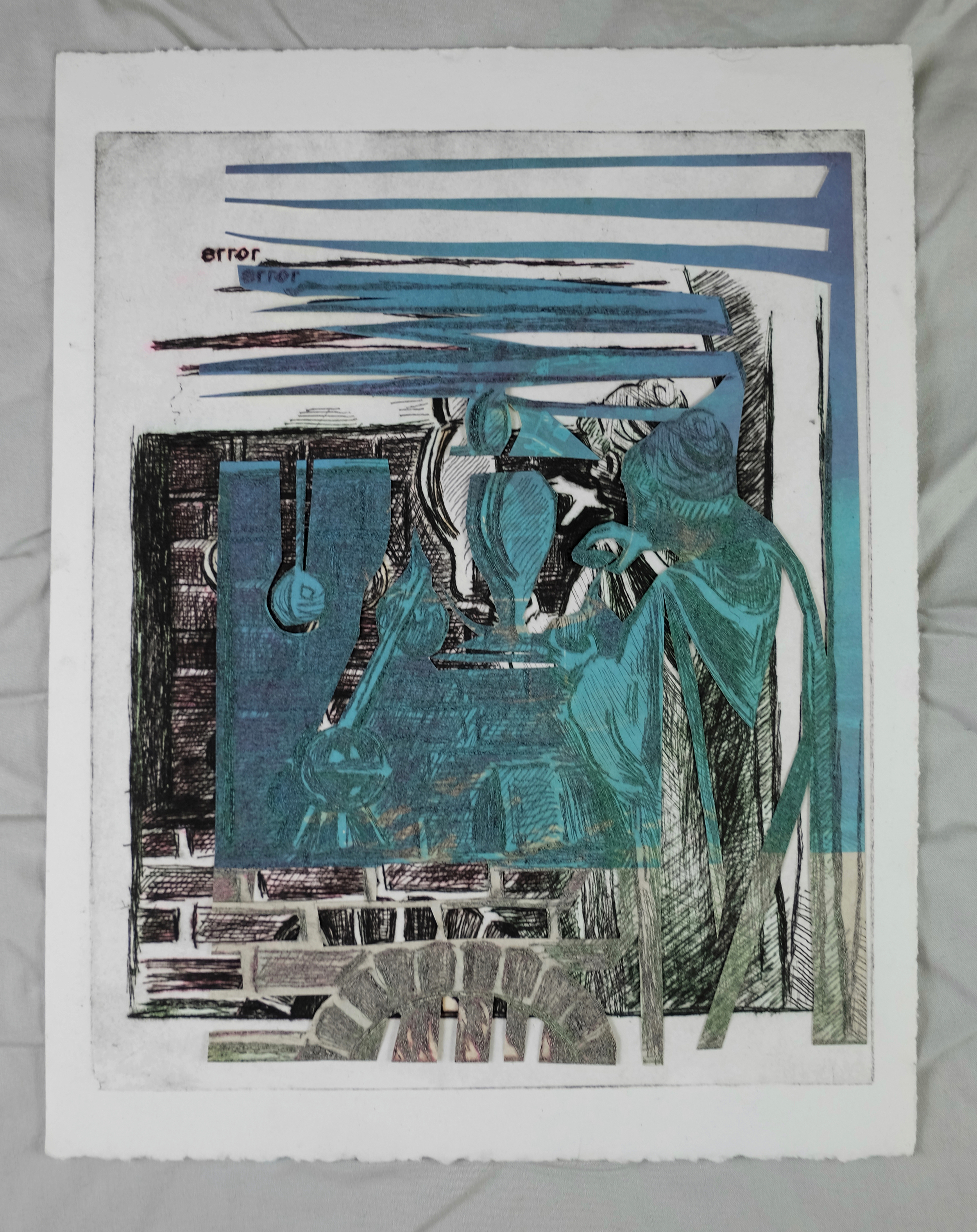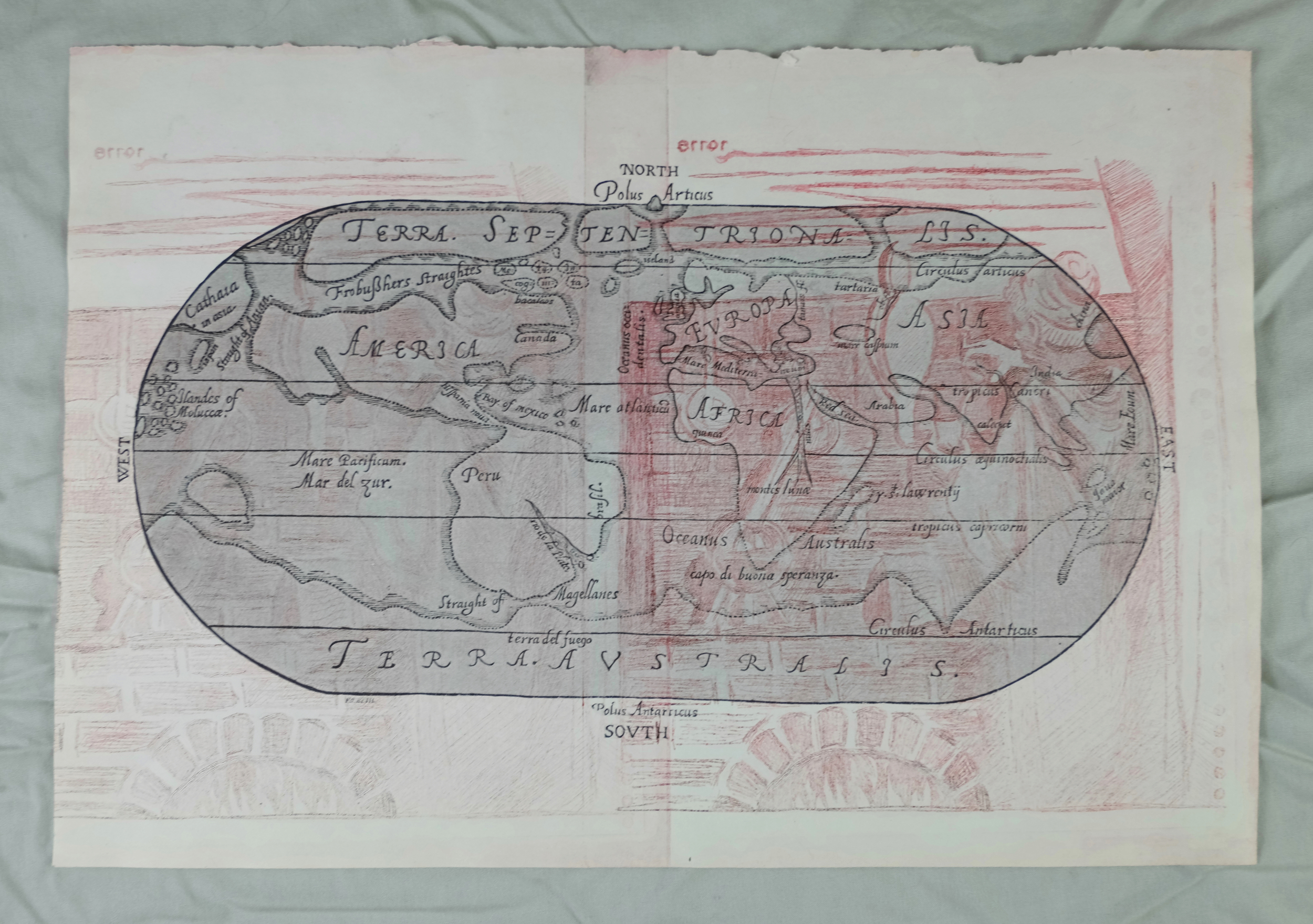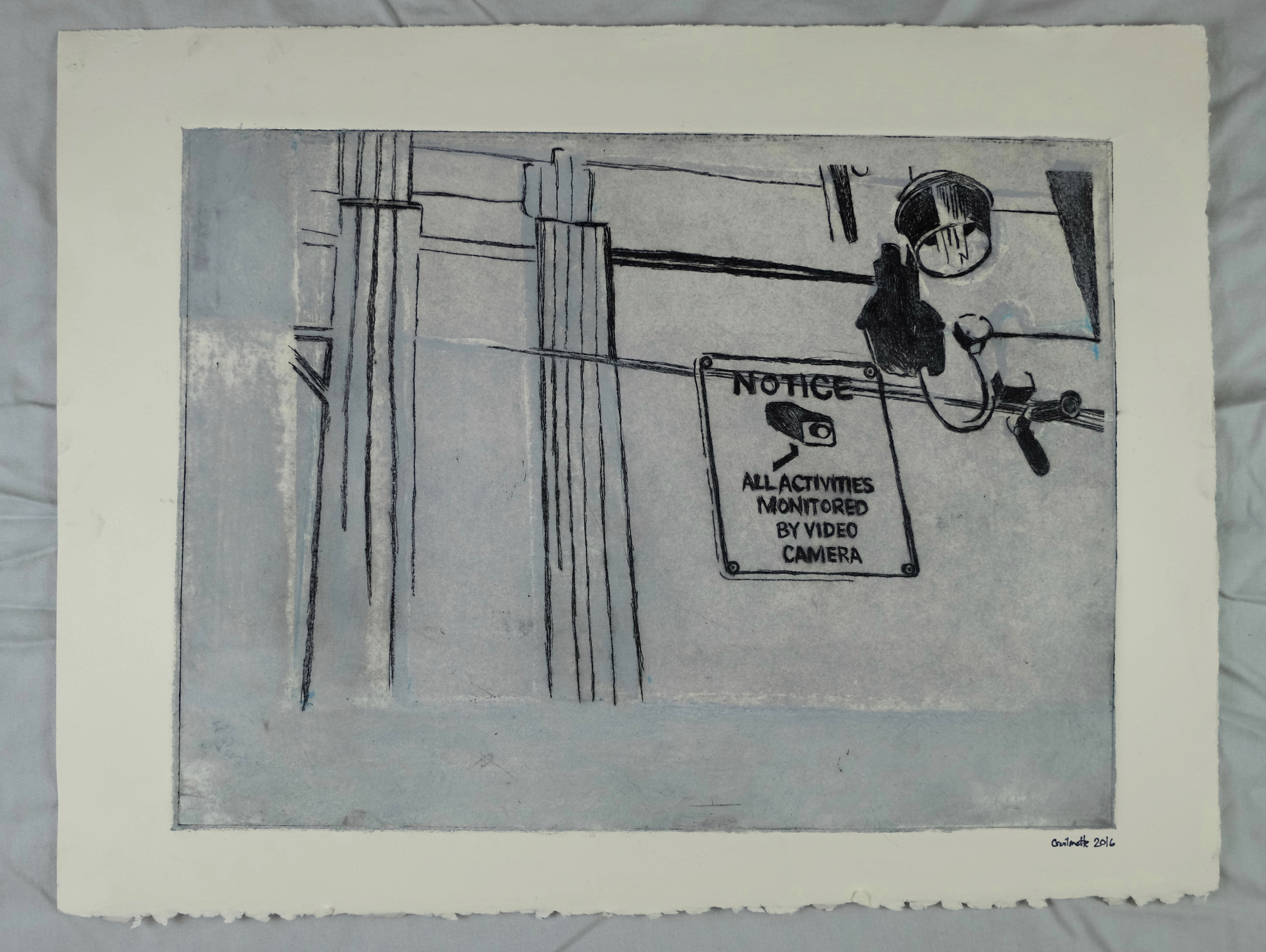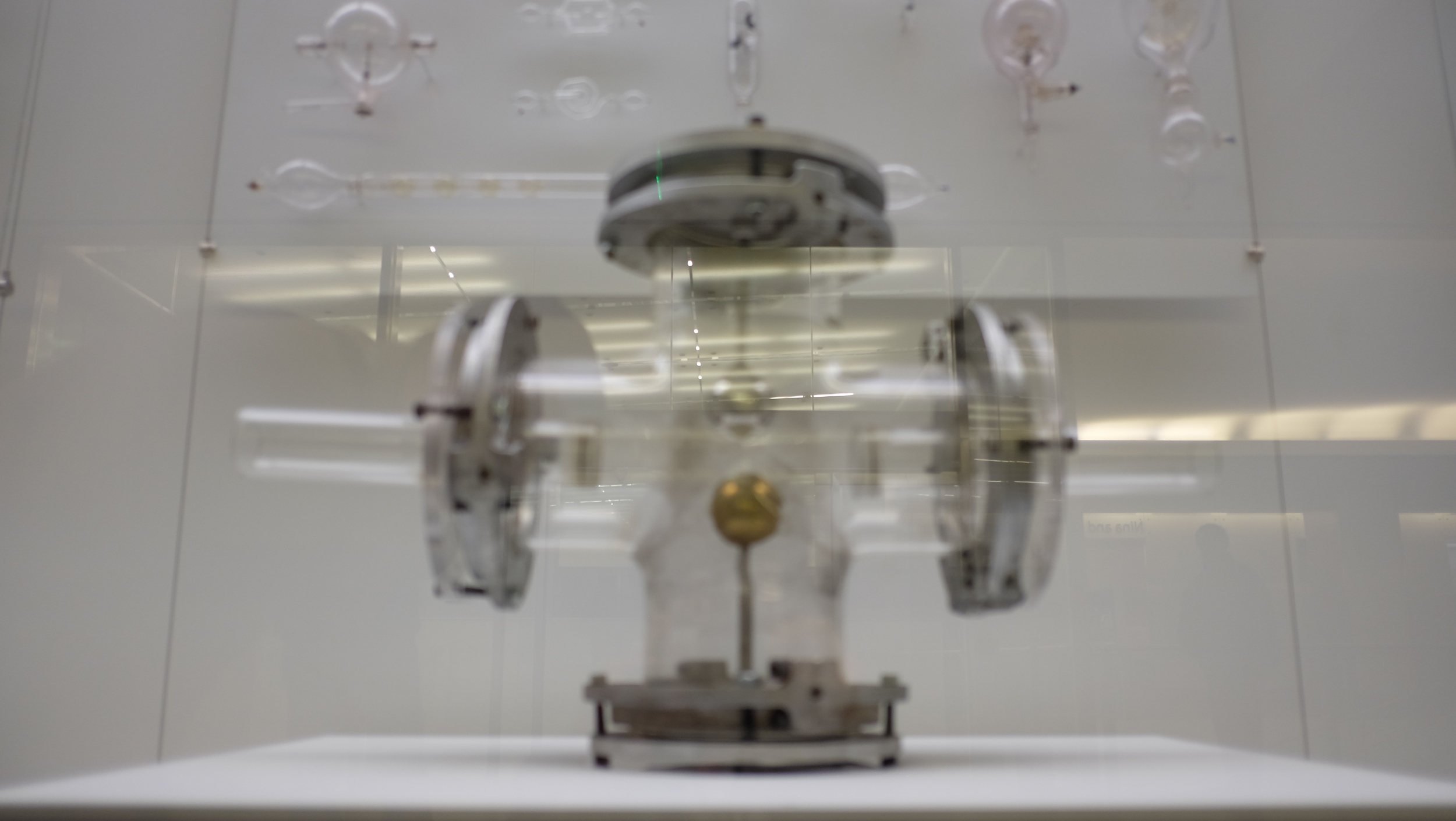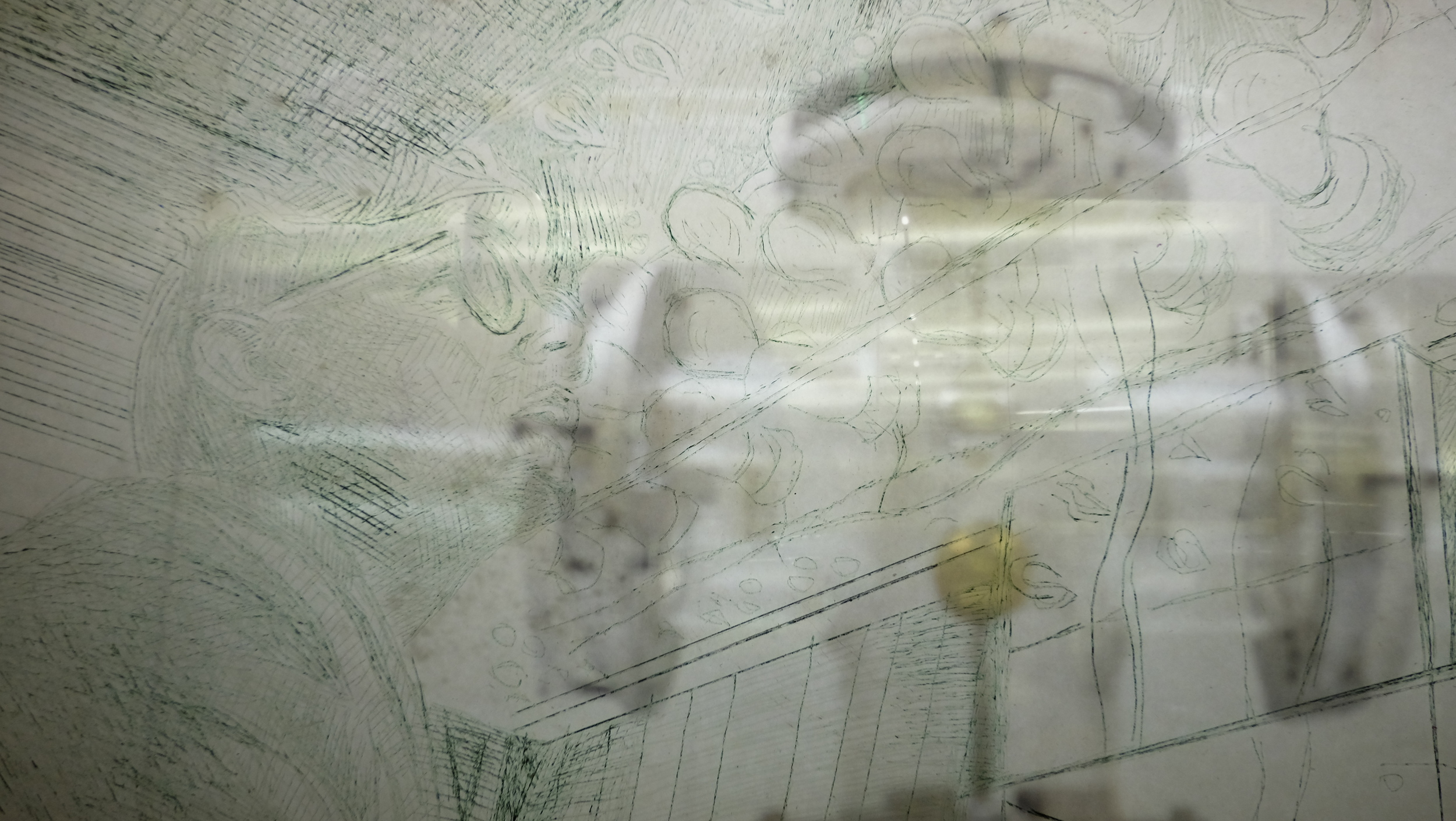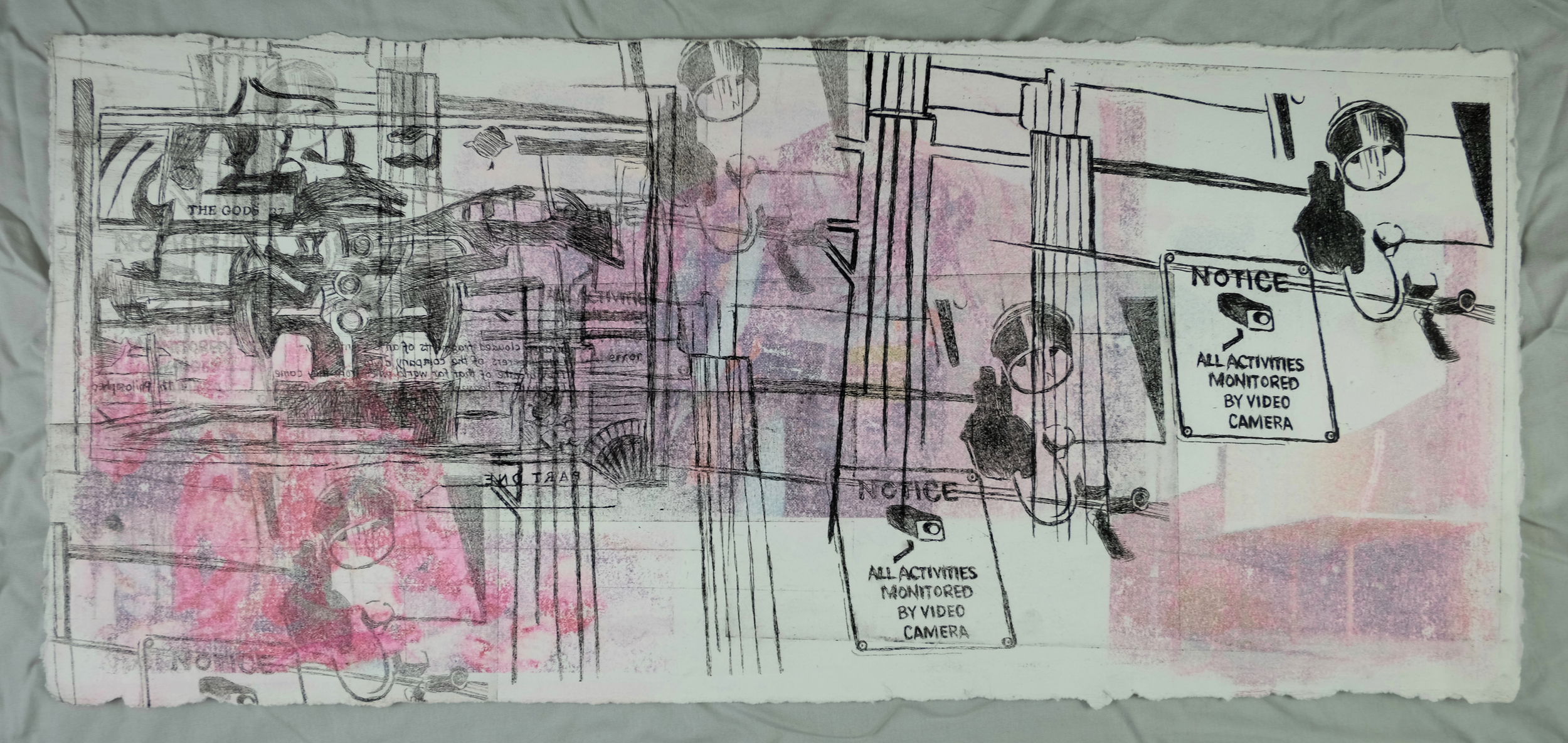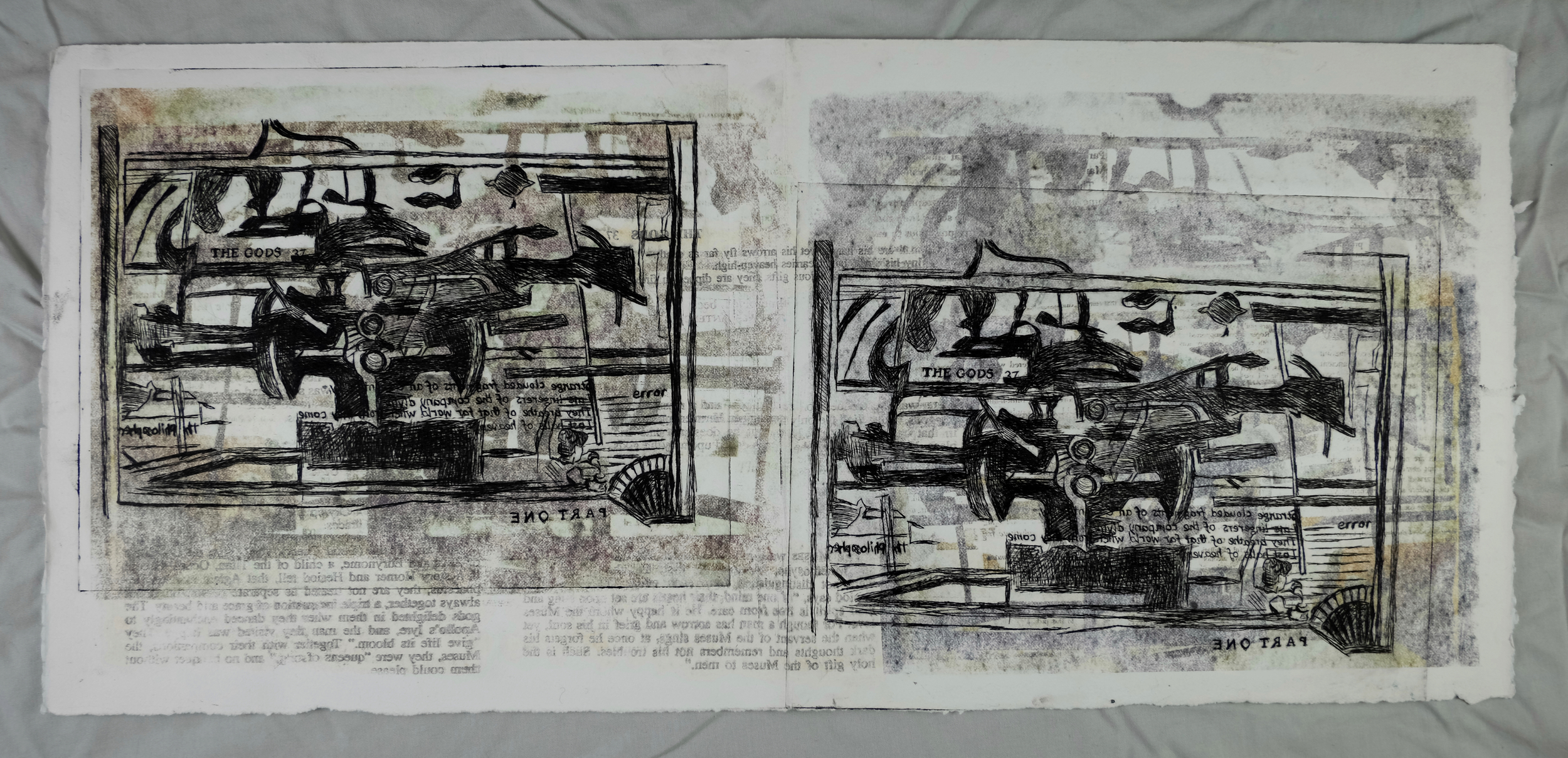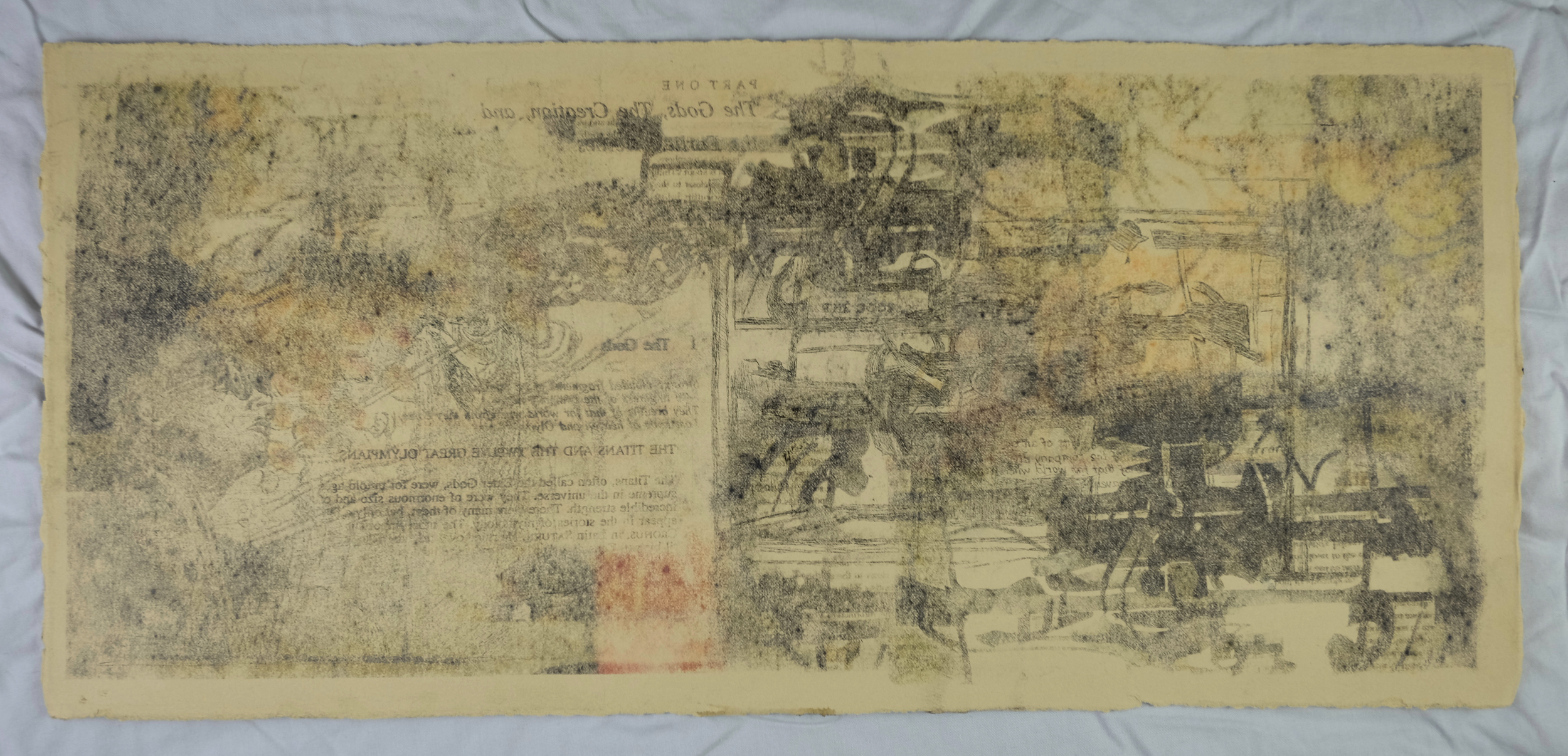Lauren Guilmette and Robert Leib (2016), "Error", mixed media
In Plato's Republic Book X, Socrates draws a distinction between kinds of makers and the relation of their respective makings to truth. To make a bed is different from making the idea of a bed, and making an image of a bed is still another kind of making. Of these three, Socrates argues that the third, mimesis (mimicry), is at a third remove from truth, i.e. is tertiary with regard to the original idea. Socrates' worry about "copies of copies" rests in the risk of deviation – variation either accidental and purposeful -- whereby mimetic reproduction moves away from the stable truth of an original.
Our mixed media project does share in Socrates’ concern. True, imitation is never exact and, in the space of 'error', risks the specter of convincing fictions capable of swaying viewers away from truth. But whence, beside inertia, comes the desire to preserve the original? Within the logic of the project itself, we also have space to ask about truth with regard to ‘originals’. Even if something may be taken as un-derived, it may still be fecund in its senselessness.
Combining printmaking, photography, and photo transfer methods, this project pursues inexact reproduction. Is the photograph a 'copy' of the scene it captures? Is the Xerox a copy of the photograph it prints? Is the print a 'copy' of the plate that presses it? In making a drypoint, etching, or collograph plate that mimics a photograph, what interpretations -- often implicit, even unaware -- might shape the print rendering of the image taken? Is the photo transfer a 'copy' of the photographic image it transmits via acetone? How the humidity in the air on any given day have a say in the work that results?
If truth can only mean proximity to an original, the first will be the most true, but at the same time the most empty. What if the scene captured by the camera lacks a definite sense? And yet we can copy. How can images begin to resonate with one another in order to begin re-building their own logic and sense? And, if we are to say that certain ‘truths’ about an object emerge in this inconsistent repetition – perhaps in the very inconsistencies – how might we describe those ‘truths’ in interpretive terms distinct from Plato’s demand for origins?
Note:
Acetone Photo transfer, is a chemical process that shifts ink between surfaces, bears more in common with printmaking than with film or digital photography; despite methodological differences, these methods emerged through overlapping technological advances in mimetic representation -- the transfer of images through light-reactive media (cf. sun printing) preceded but also intertwined with the invention of the camera (cf. the cyanotype).
We 'originally' got excited about the process of photo transfer upon seeing the 2016 solo exhibition of Njideka Akunyili Crosby's mixed media work, "I Refuse to be Invisible," which combines transfer in combination with collage, painting and drawing methods in a complex interplay of portrait figures -- often relating intimately, as families or as lovers -- and cultural symbols of the post-colonial Africa in which her figures imaginatively reside, repeated in patterns that form a sort of fabric of the familiar in the background. We were inspired by Crosby’s transposed layers of media: not a free play of radical symbolism, but something between intimate relations and the impersonal media images, cultural symbols, and advertisements that shape those relations, sometimes imperceptibly; we find this layering, a productive error-making of sorts, adds a new sense of 'truth' to Crosby’s work, immanent to the 'copy of a copy.'
